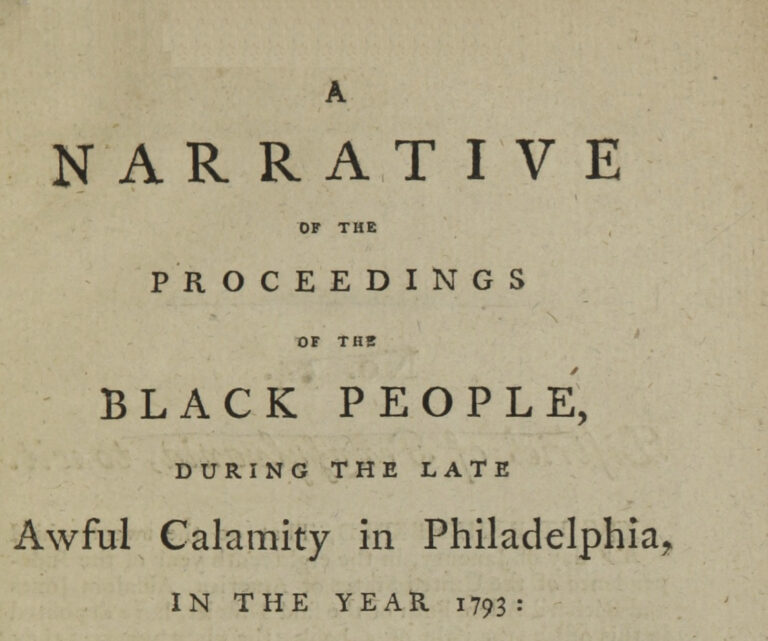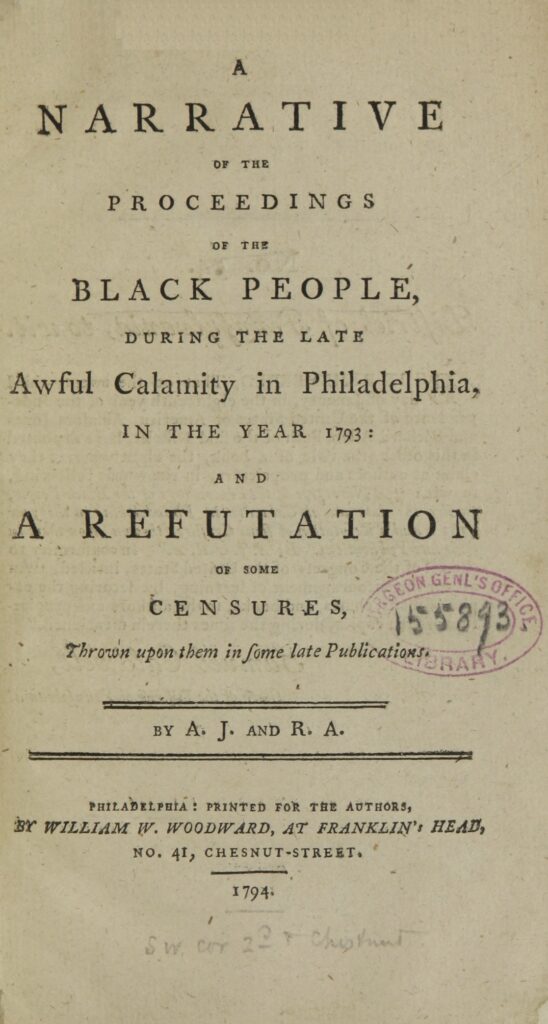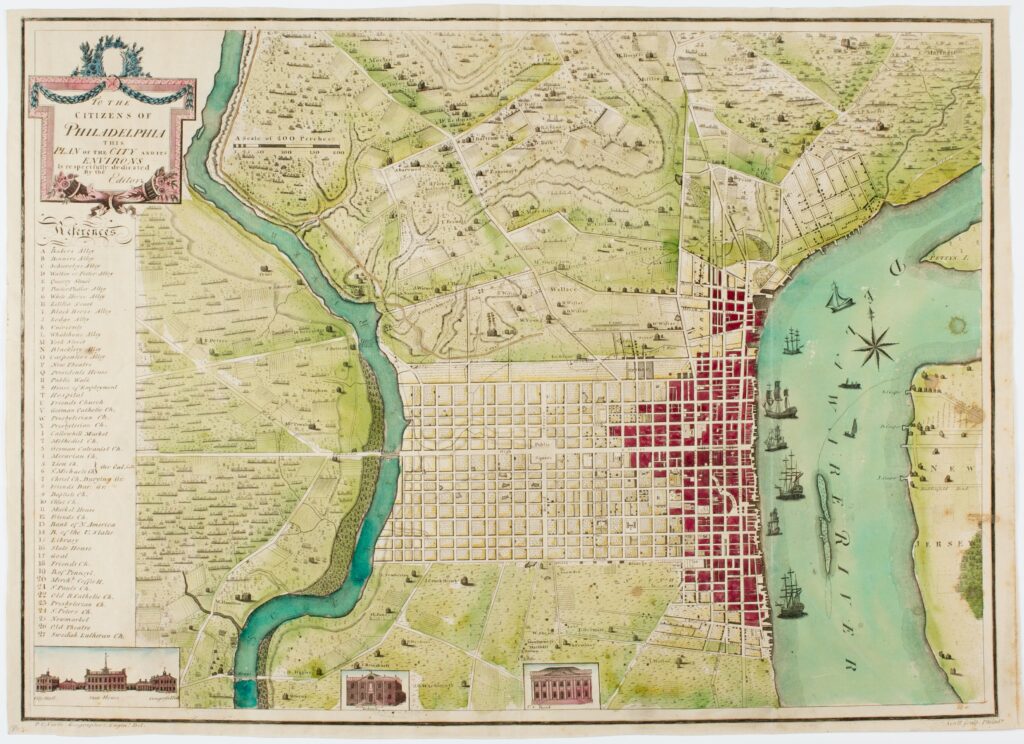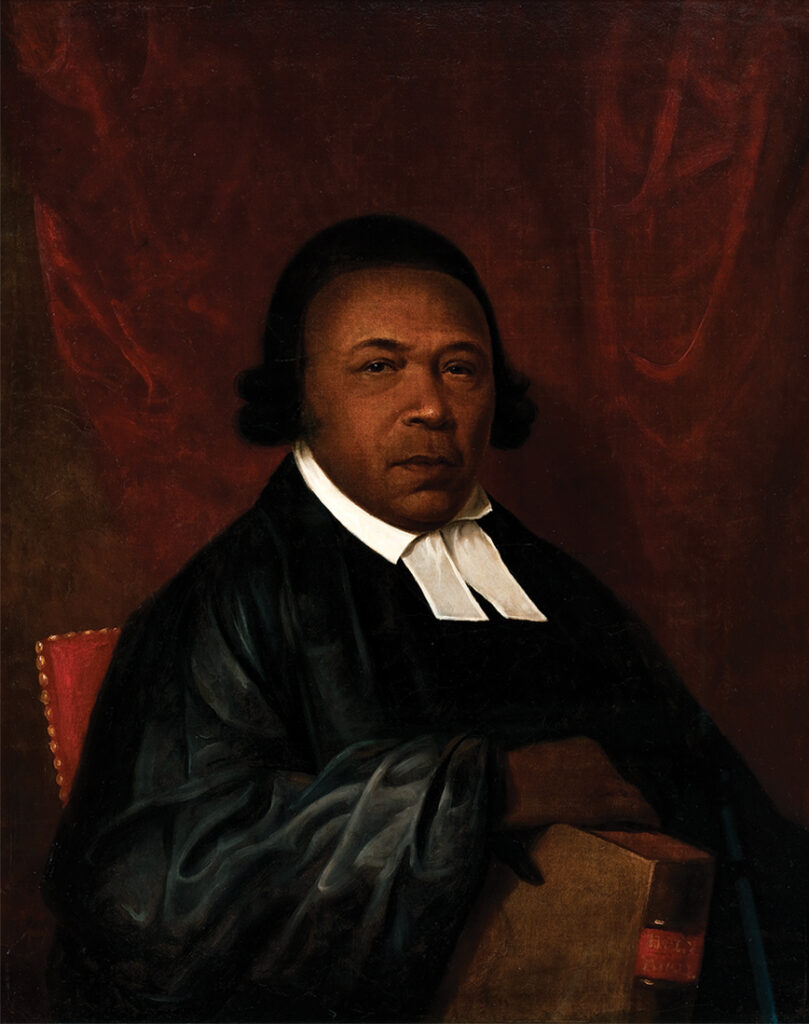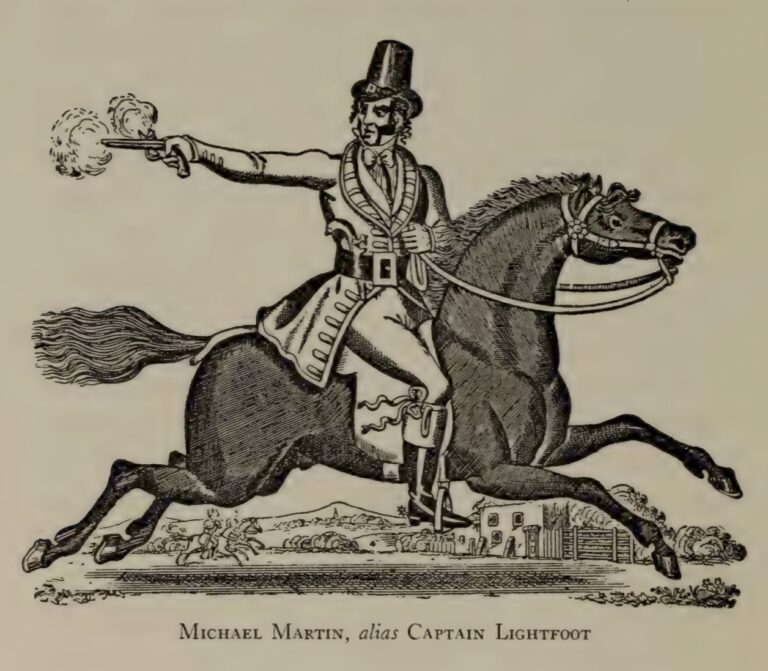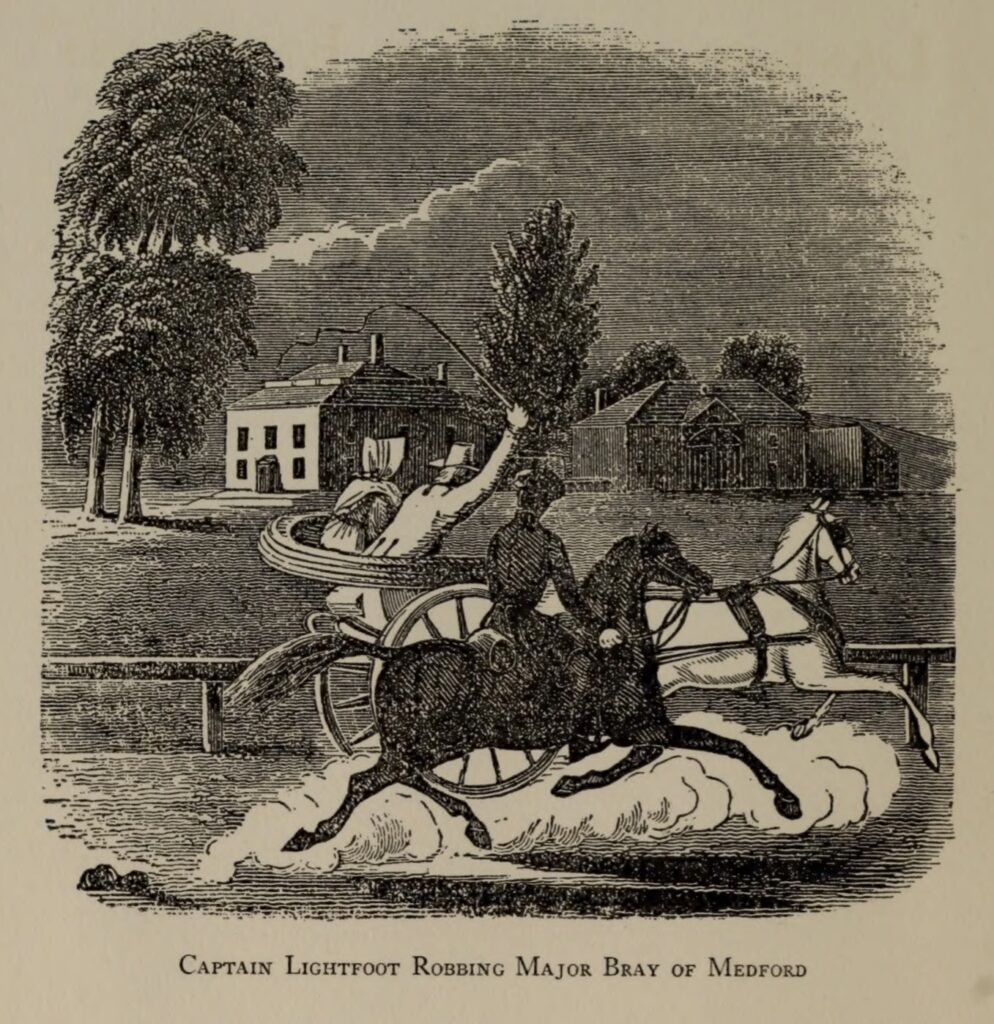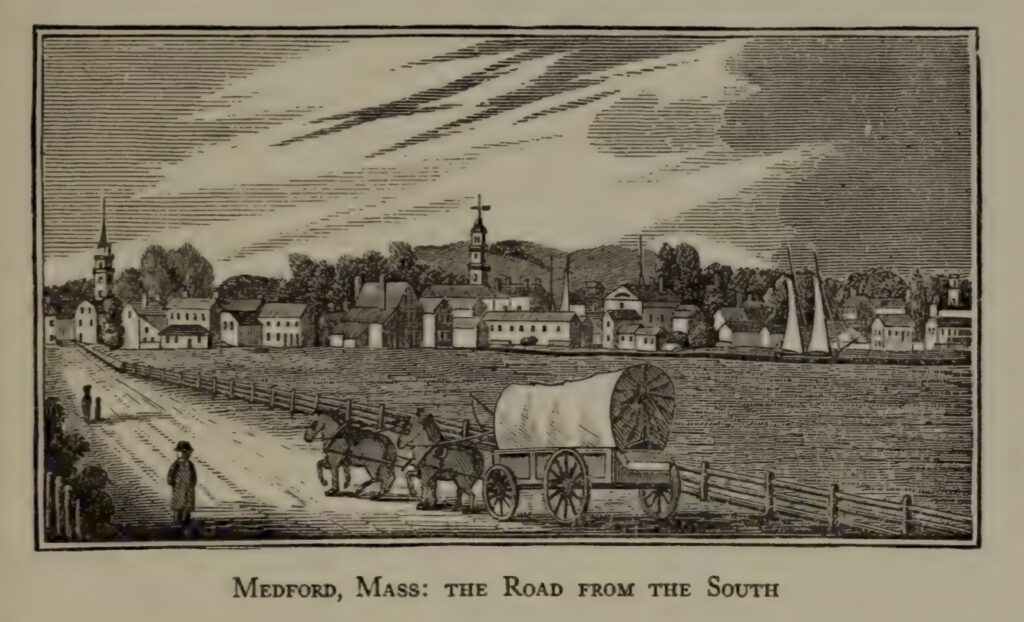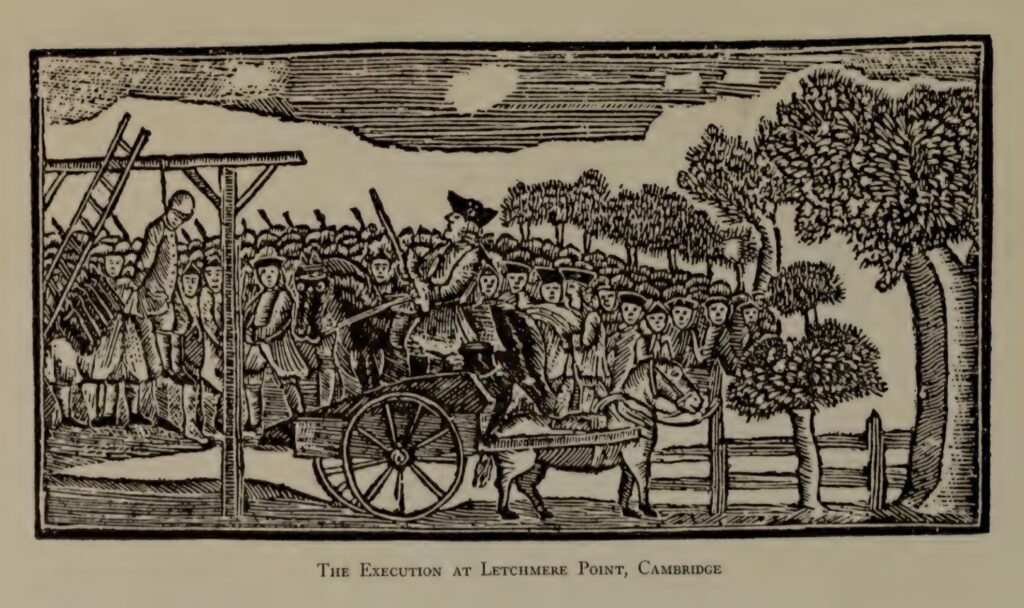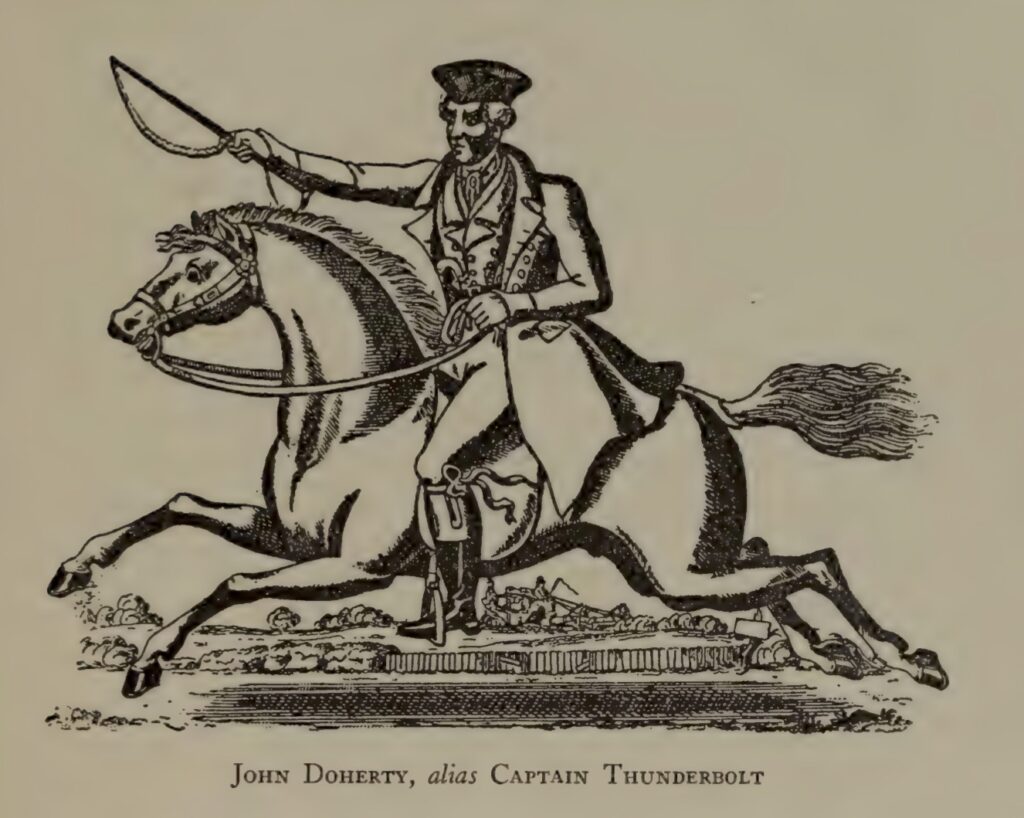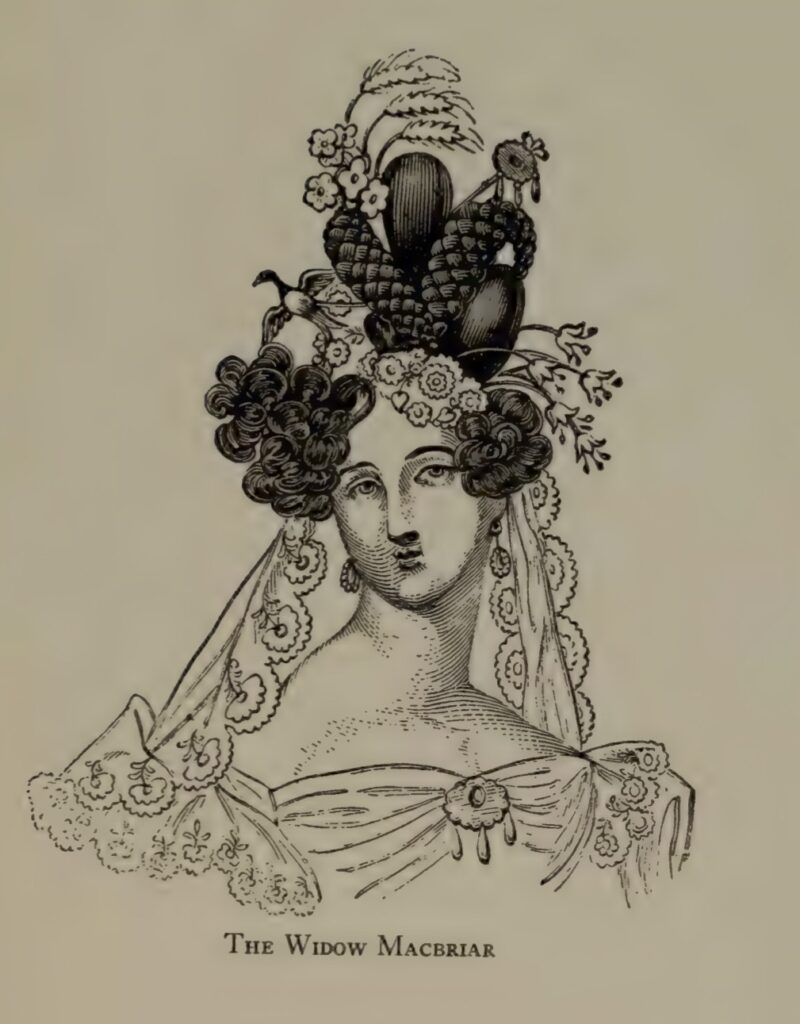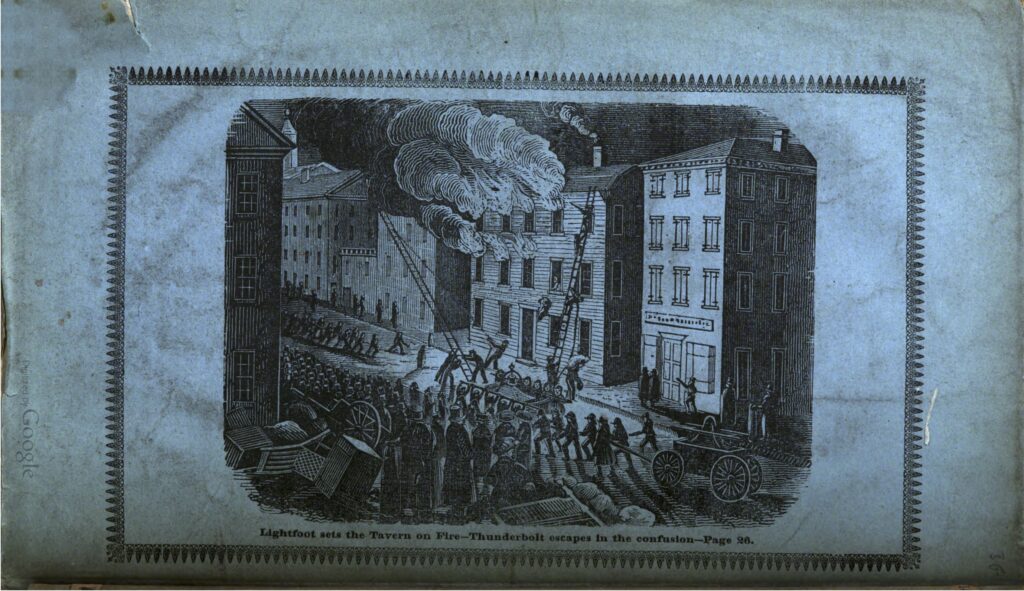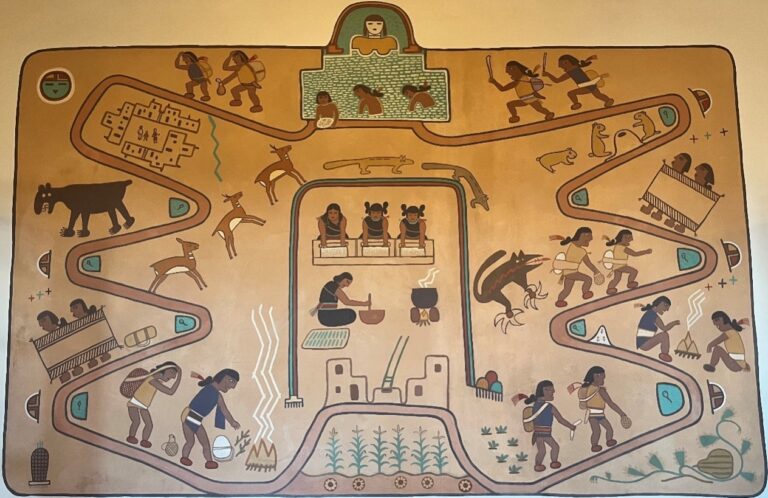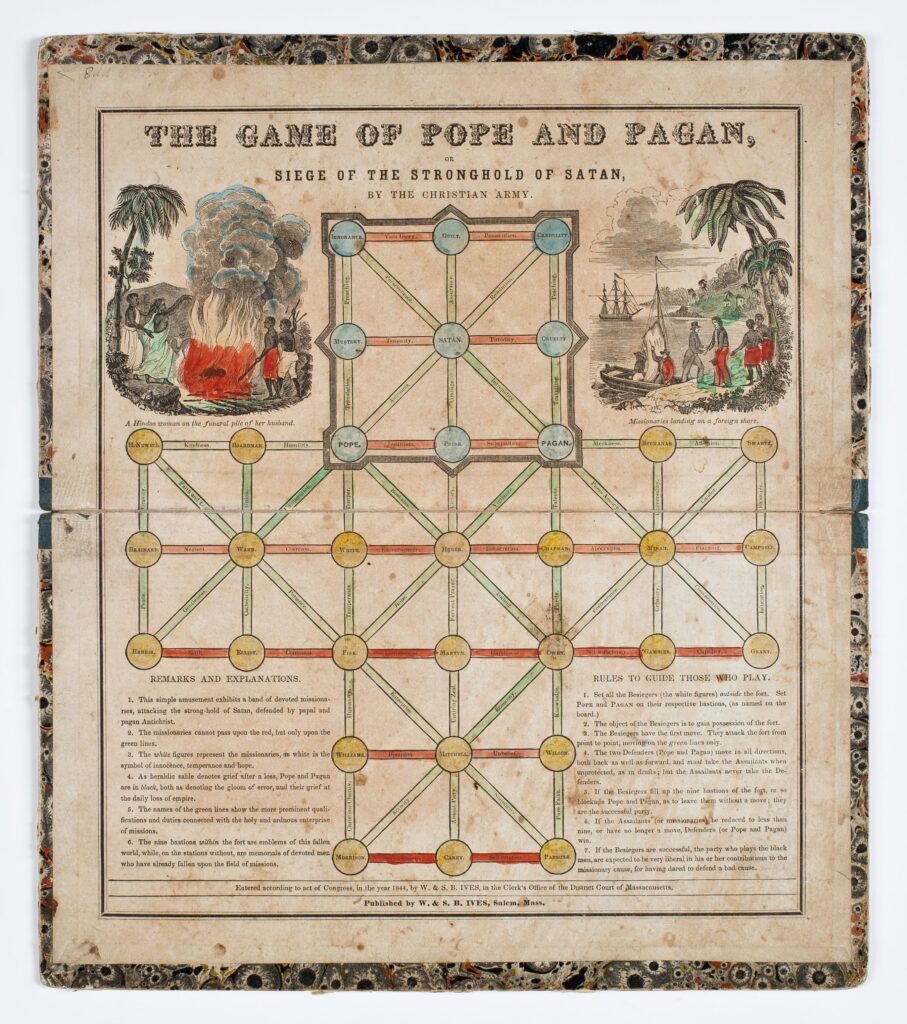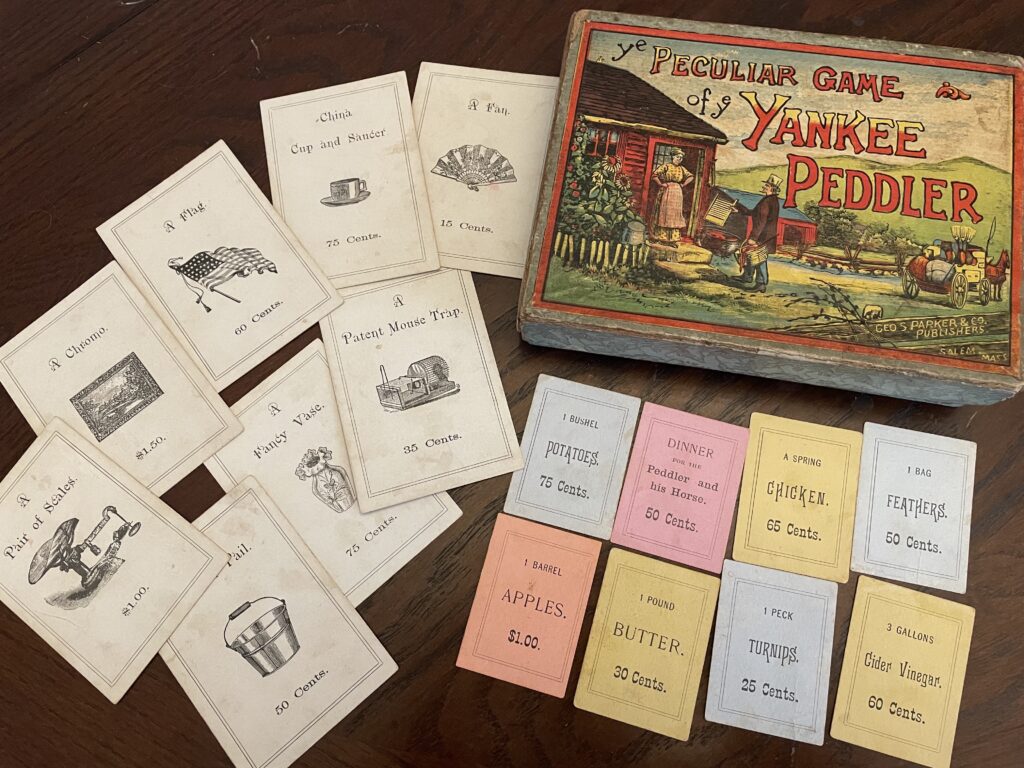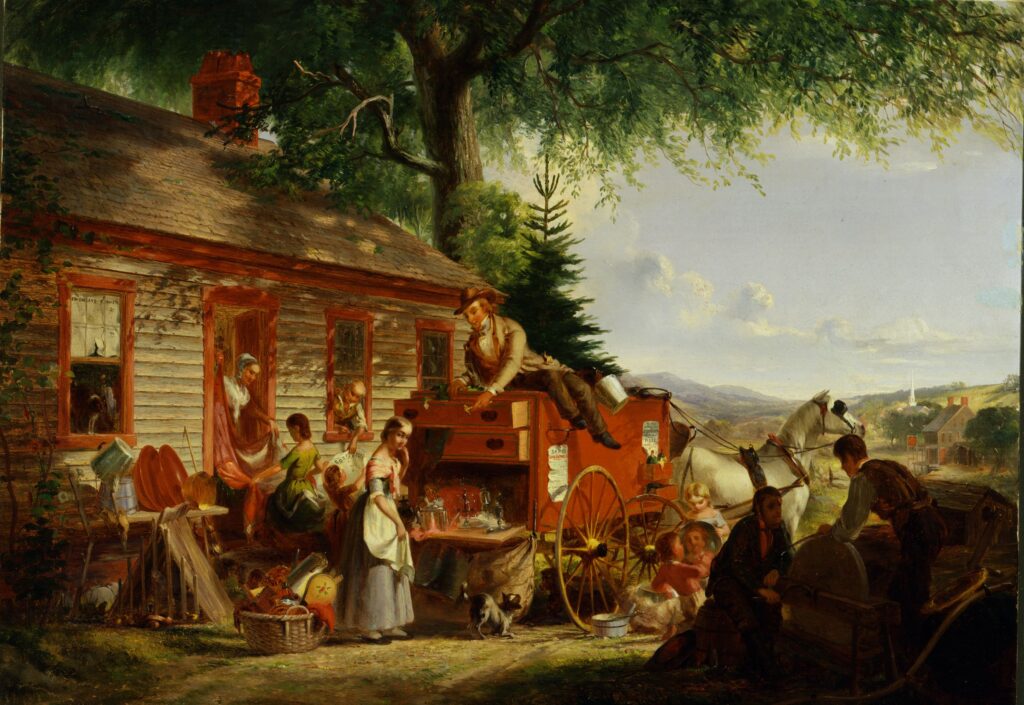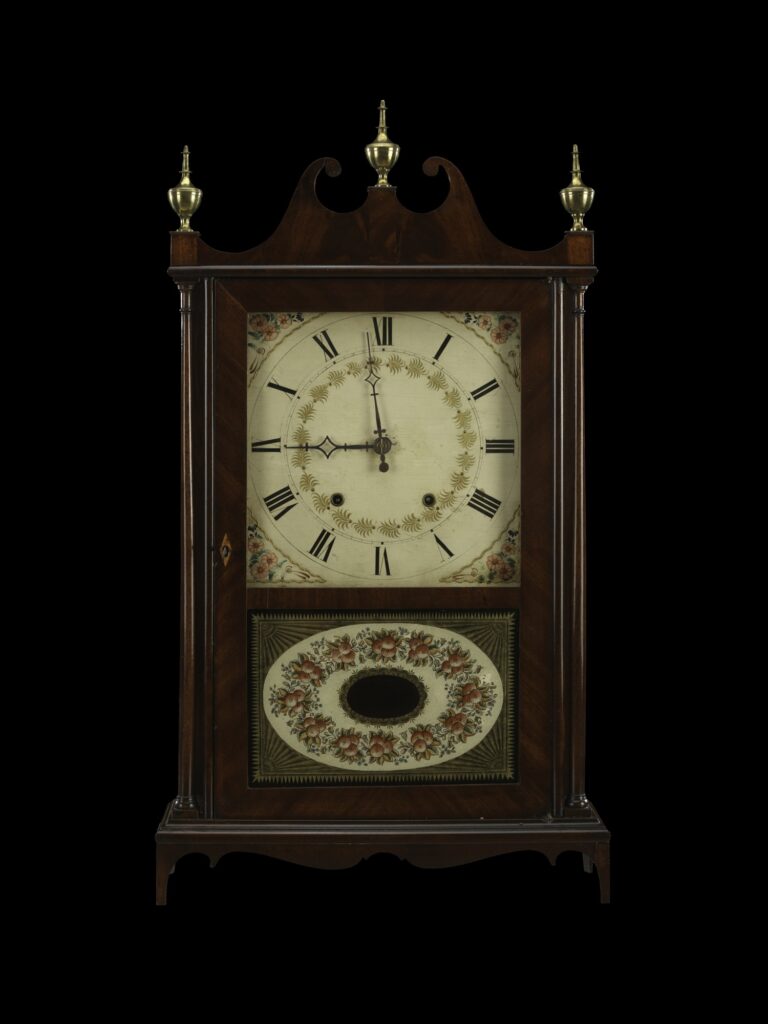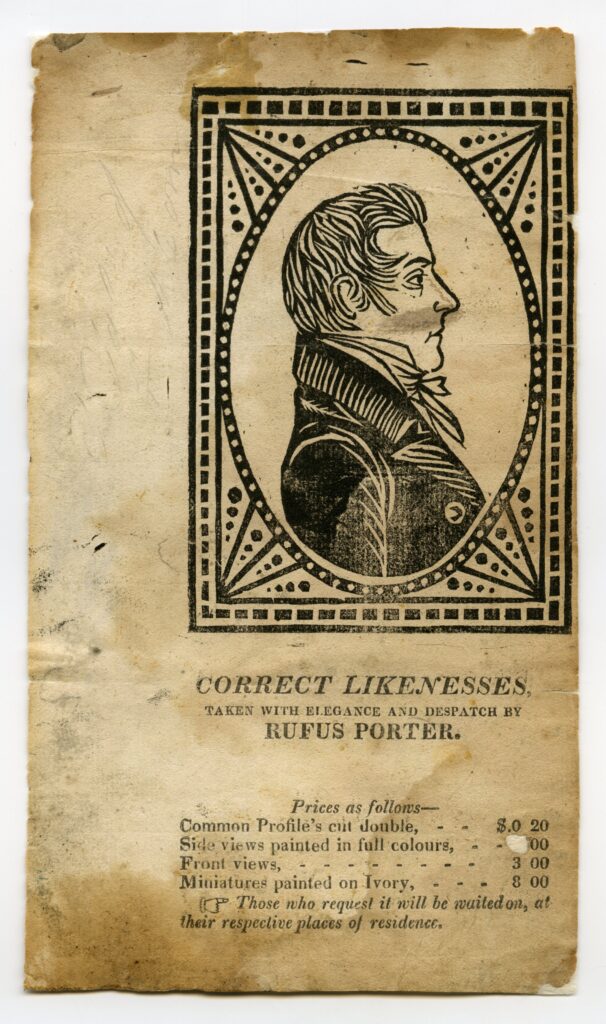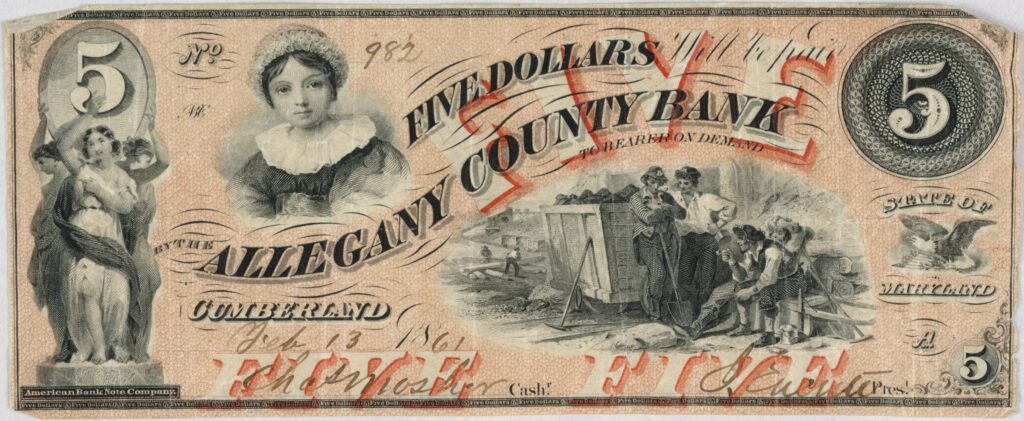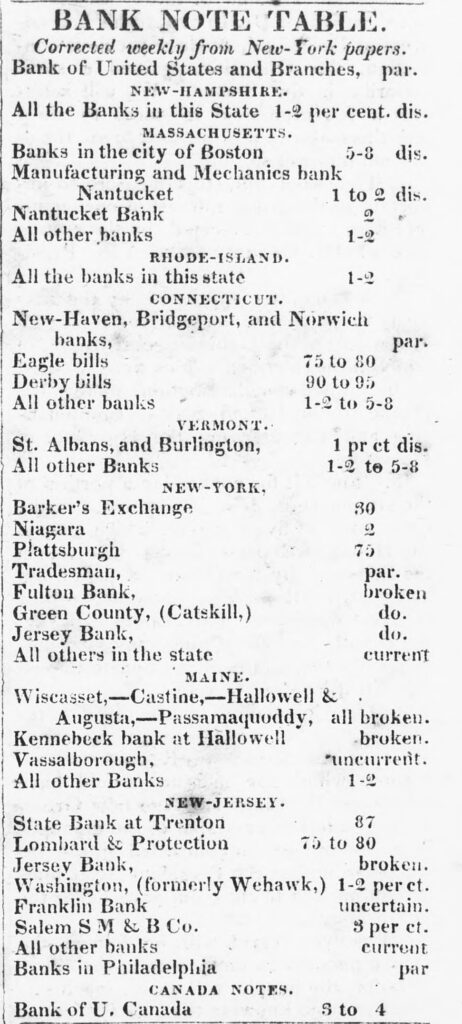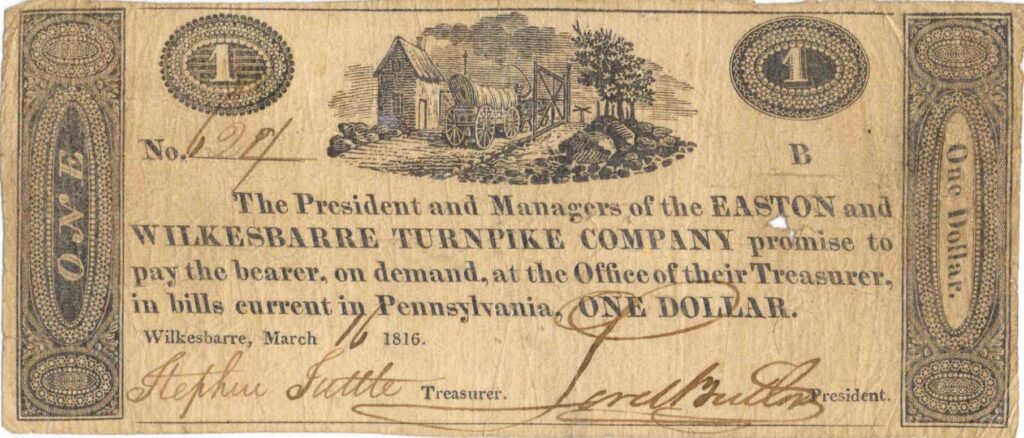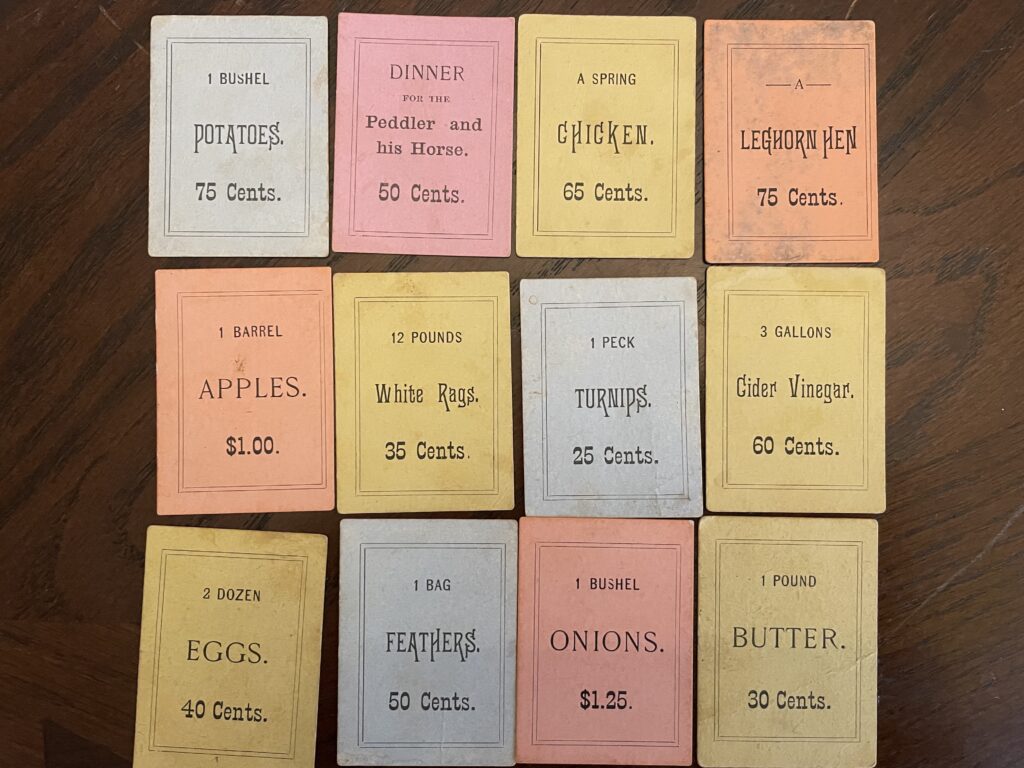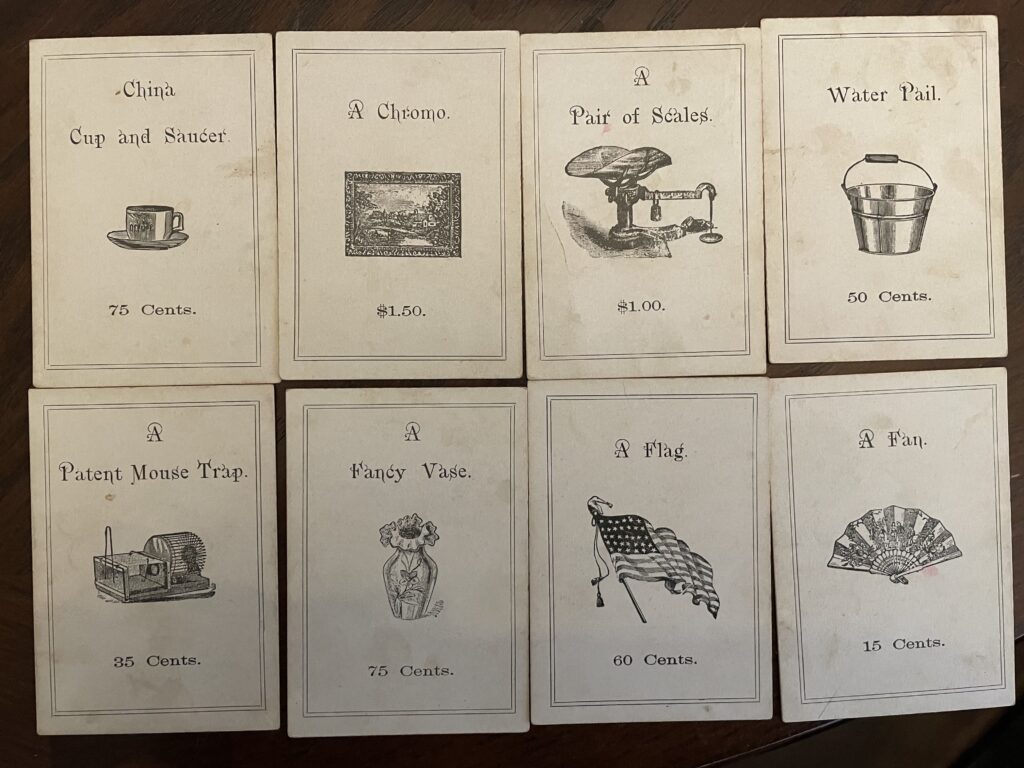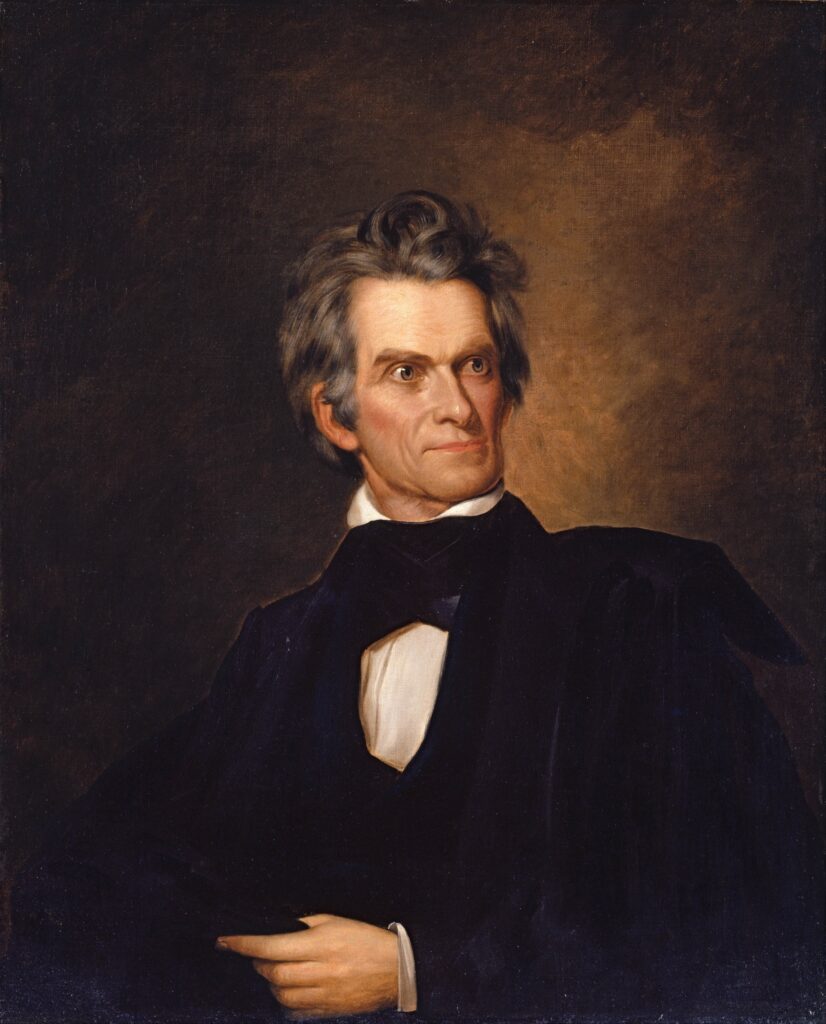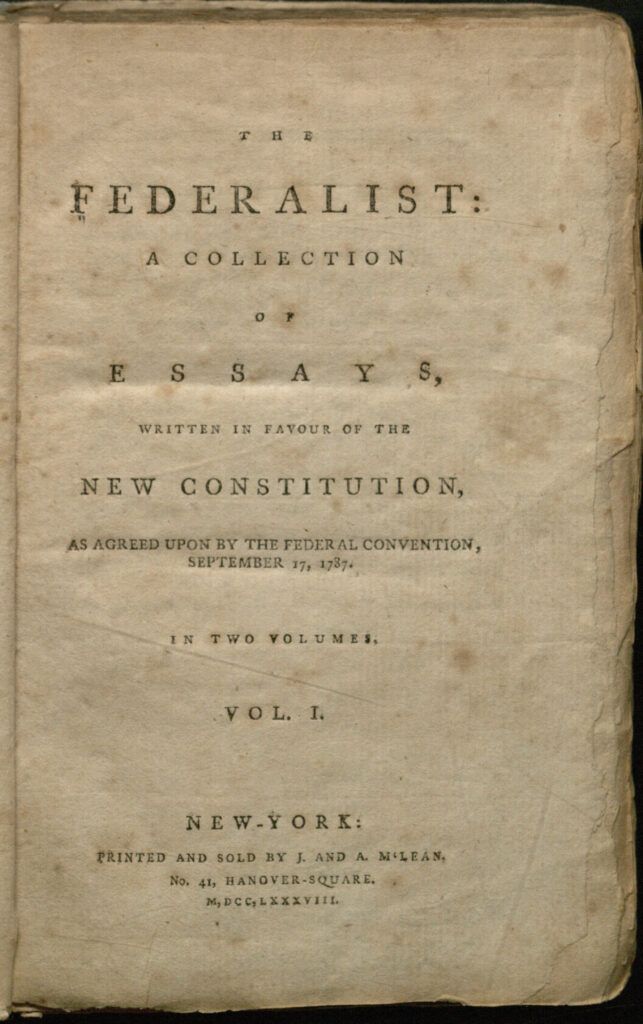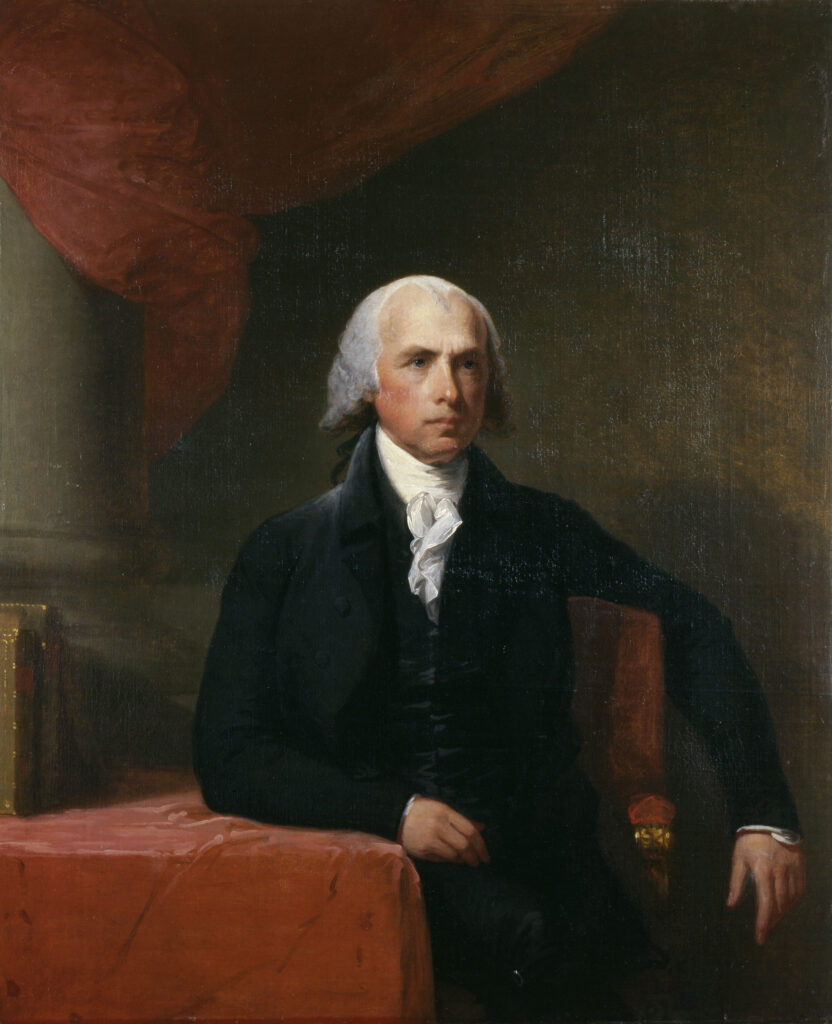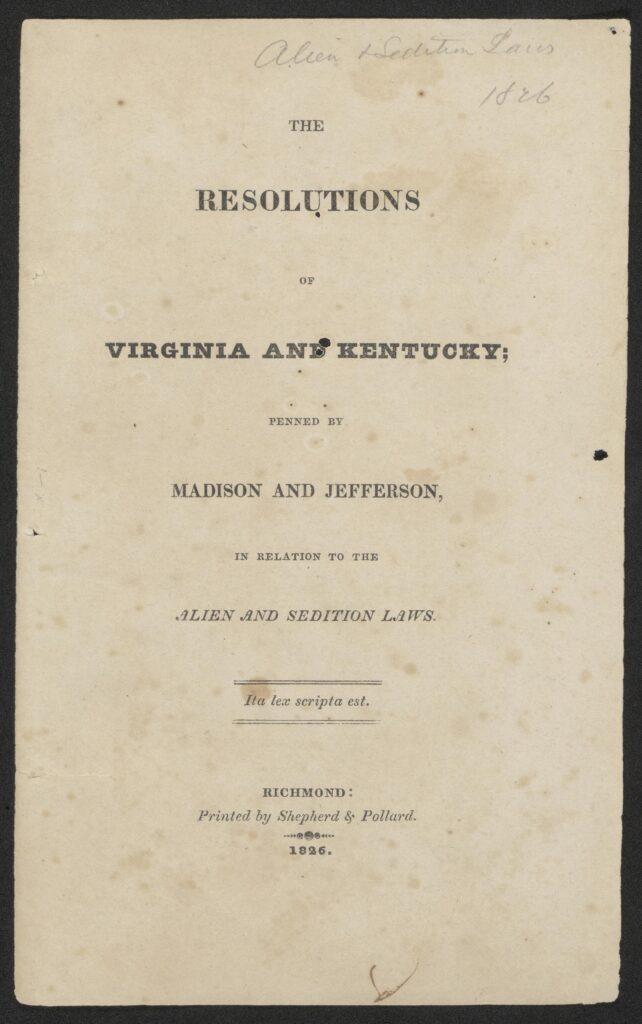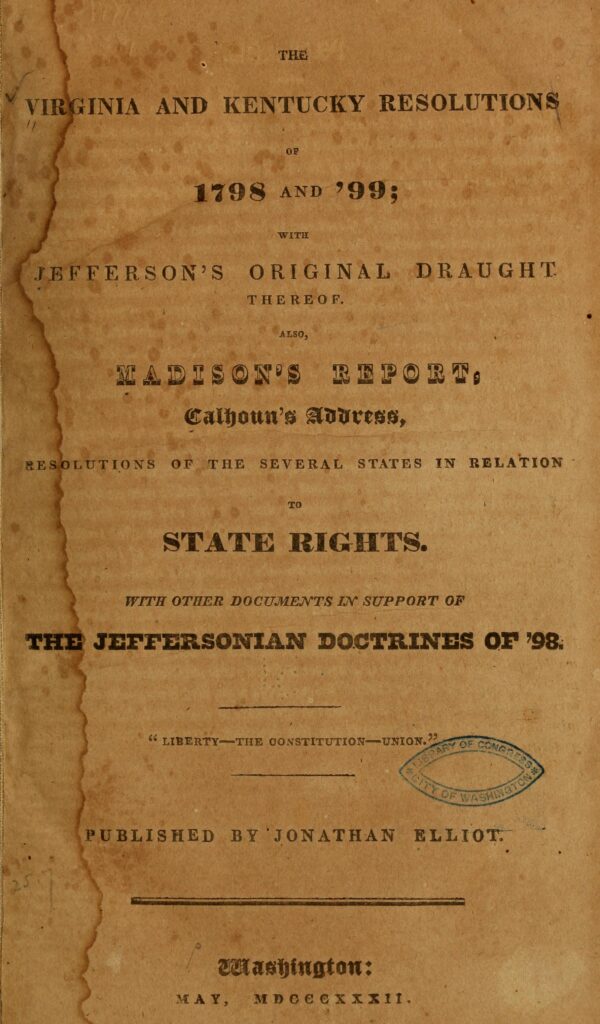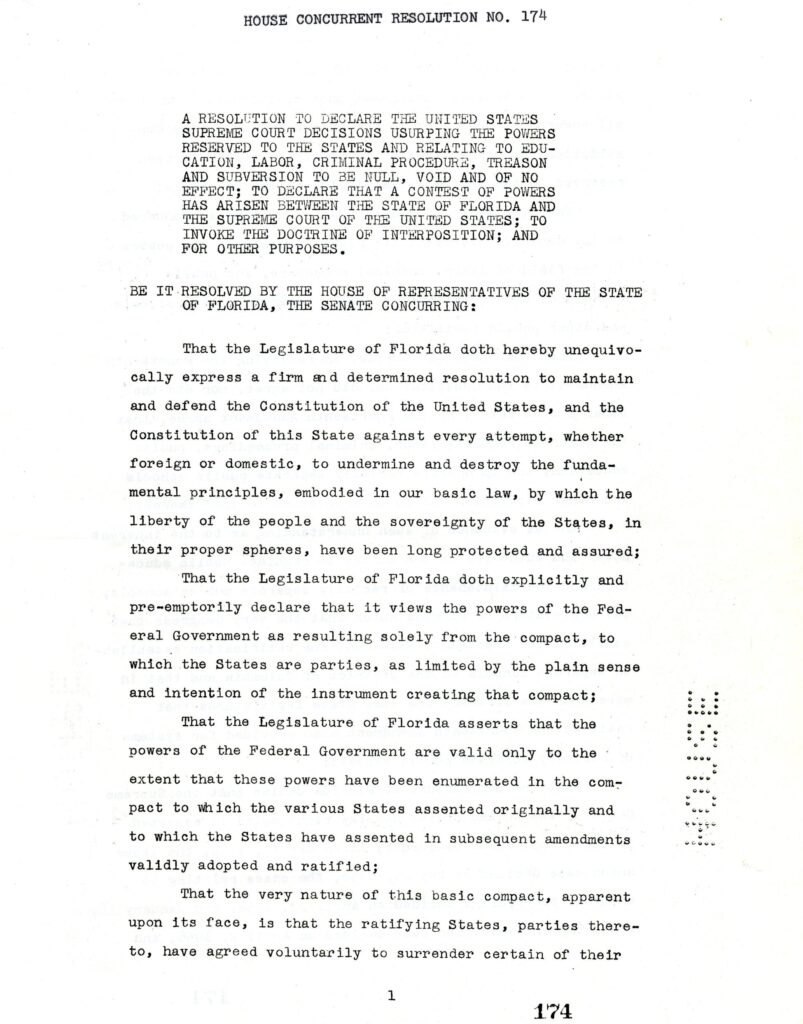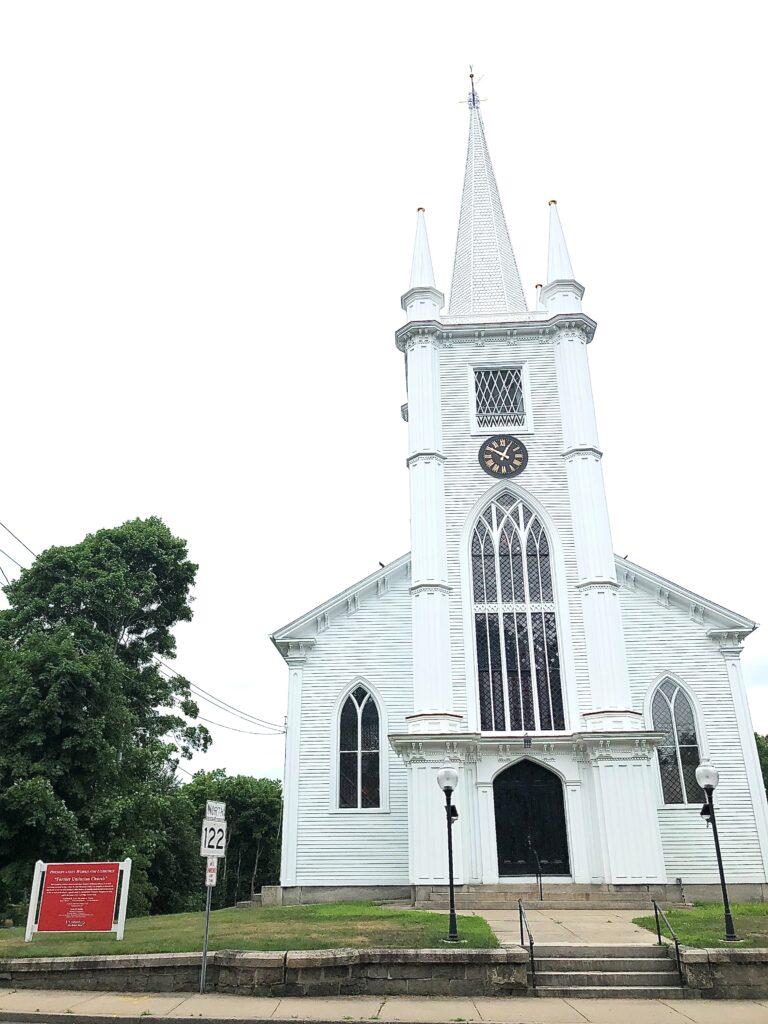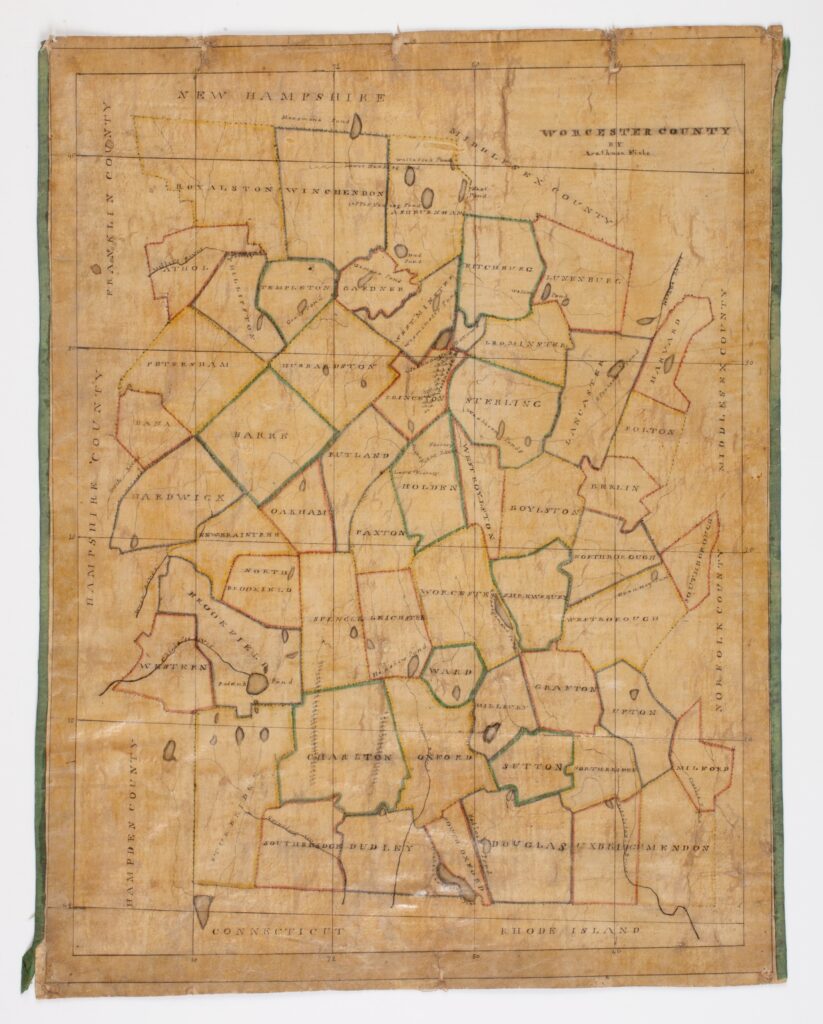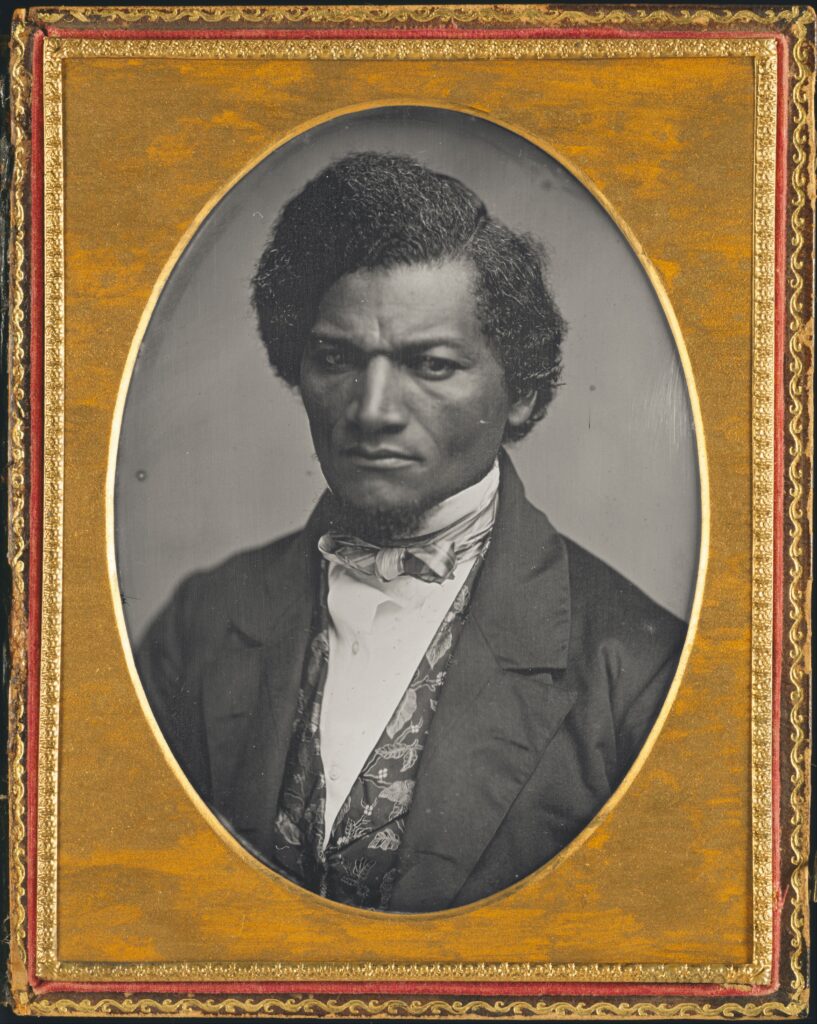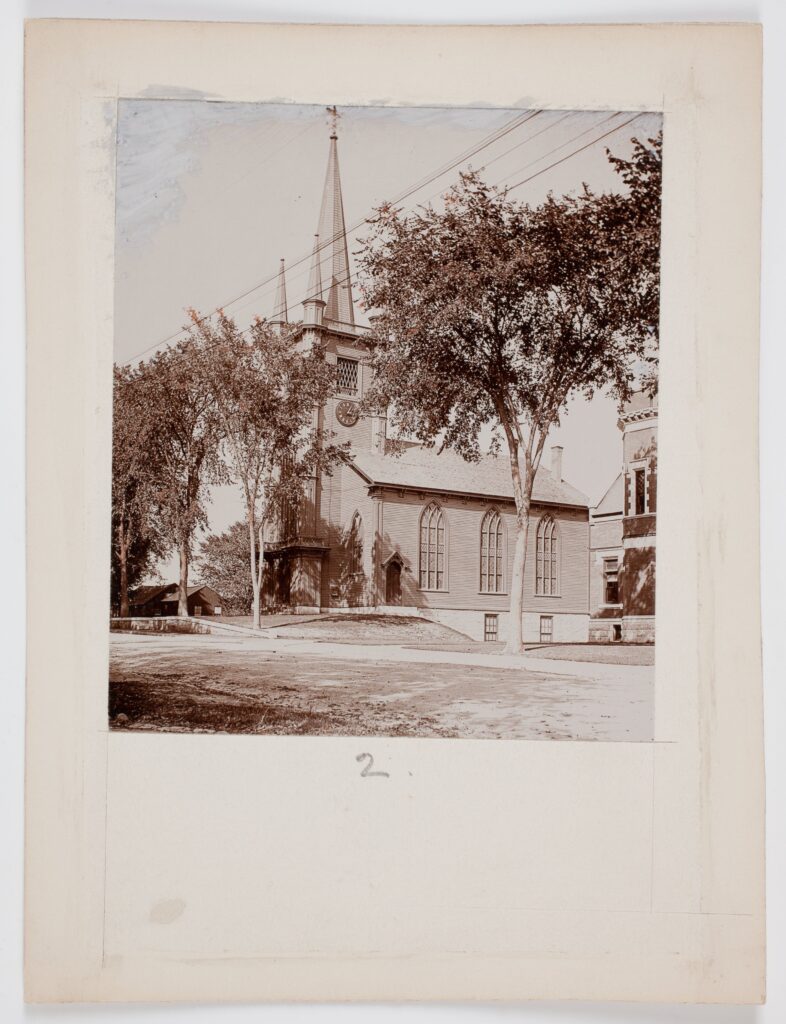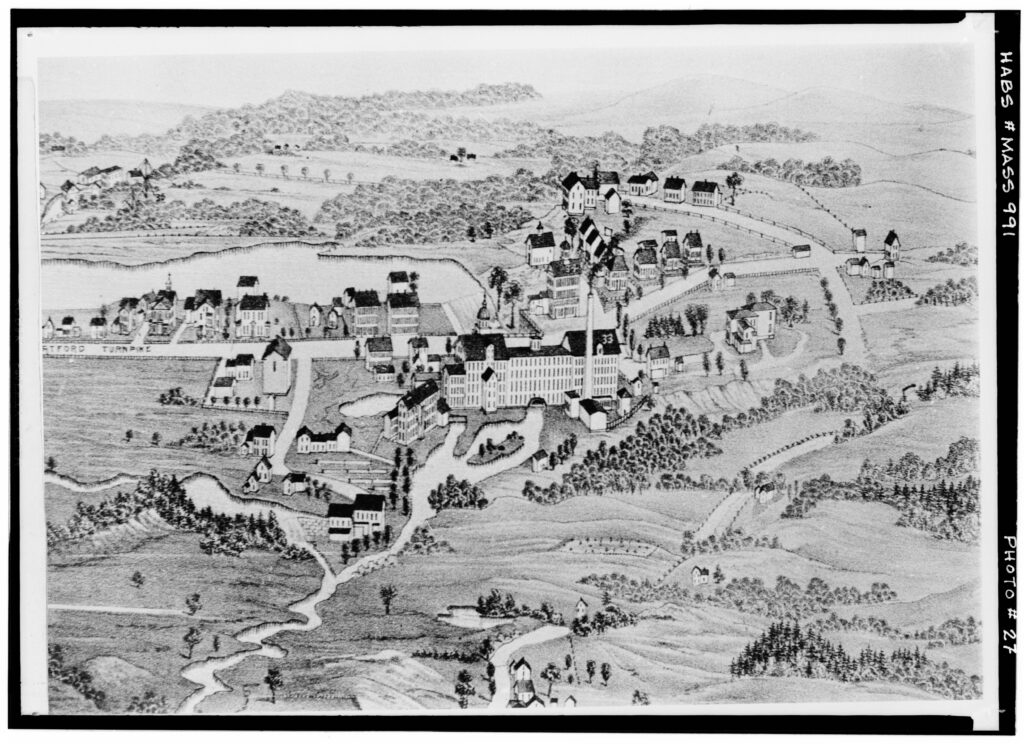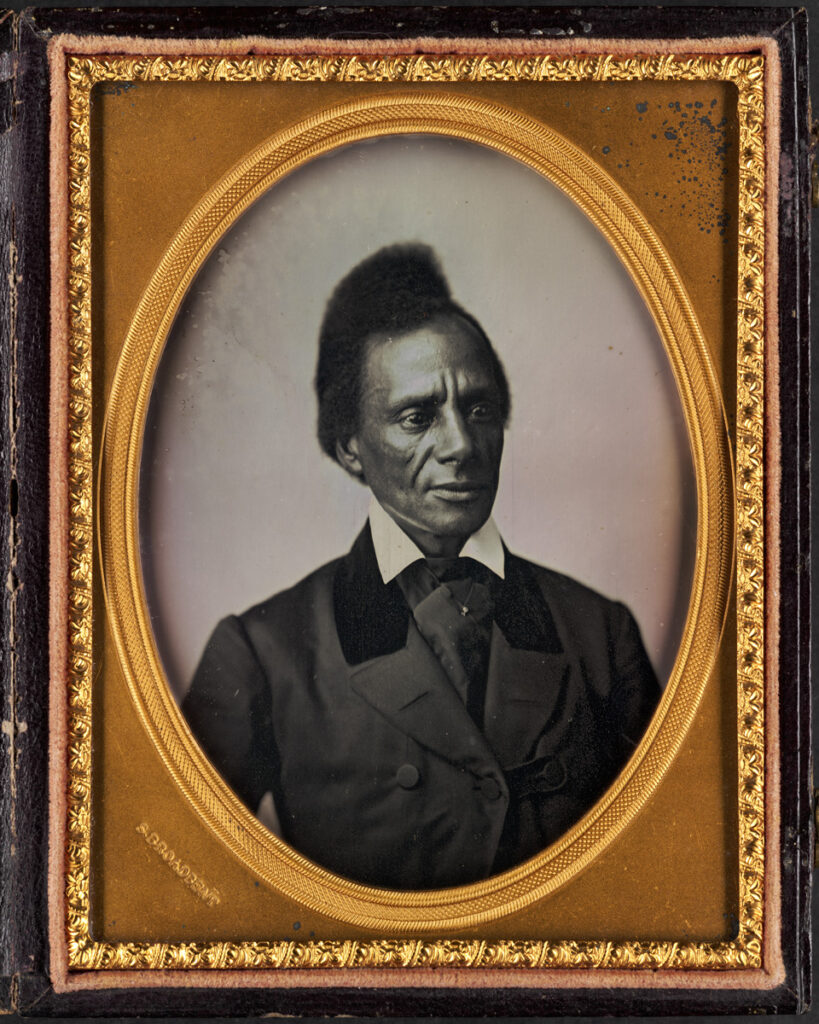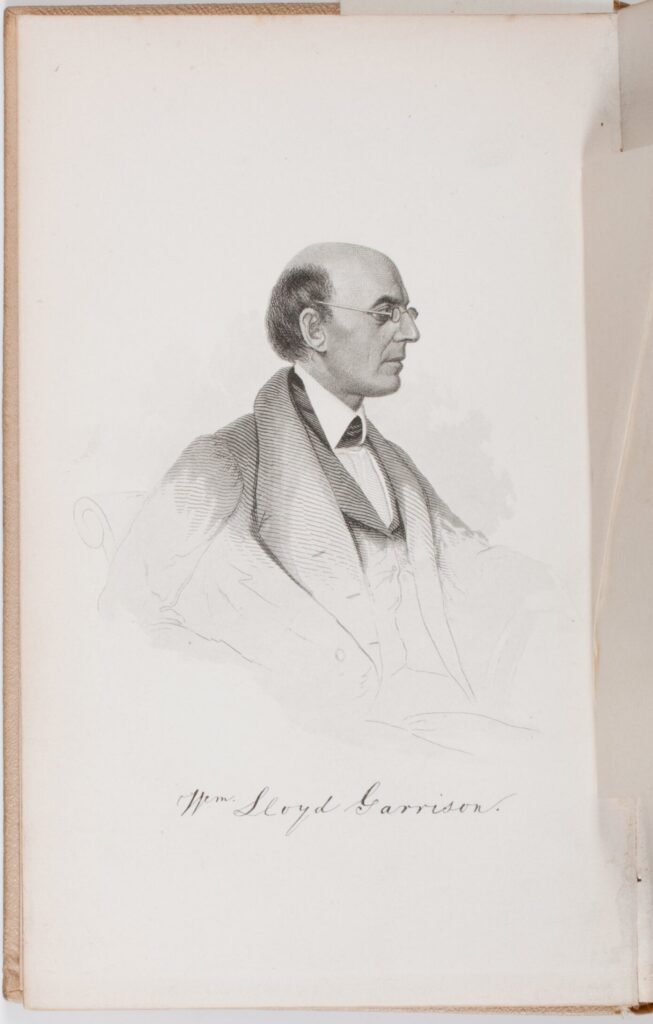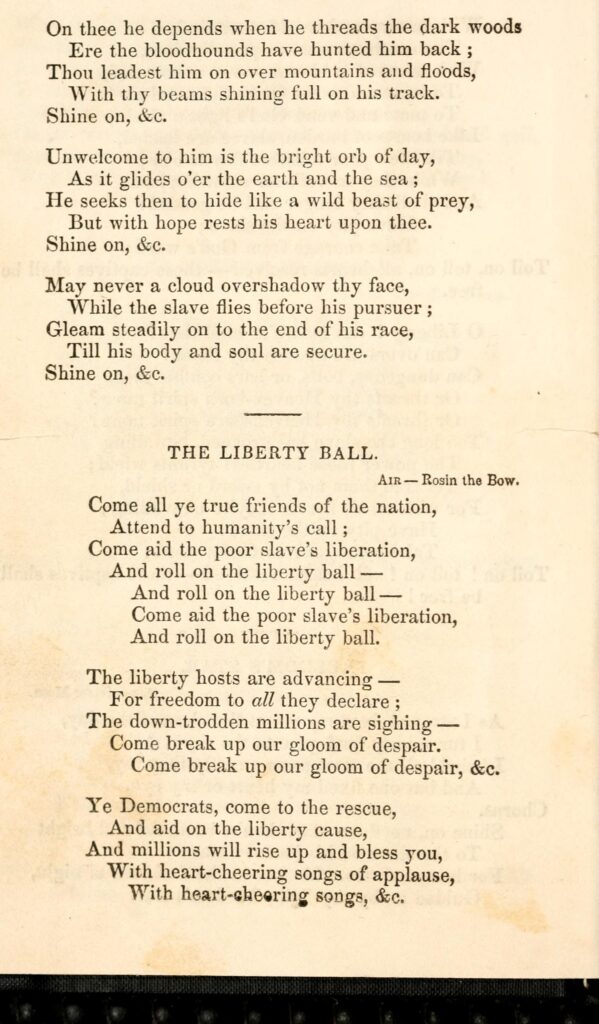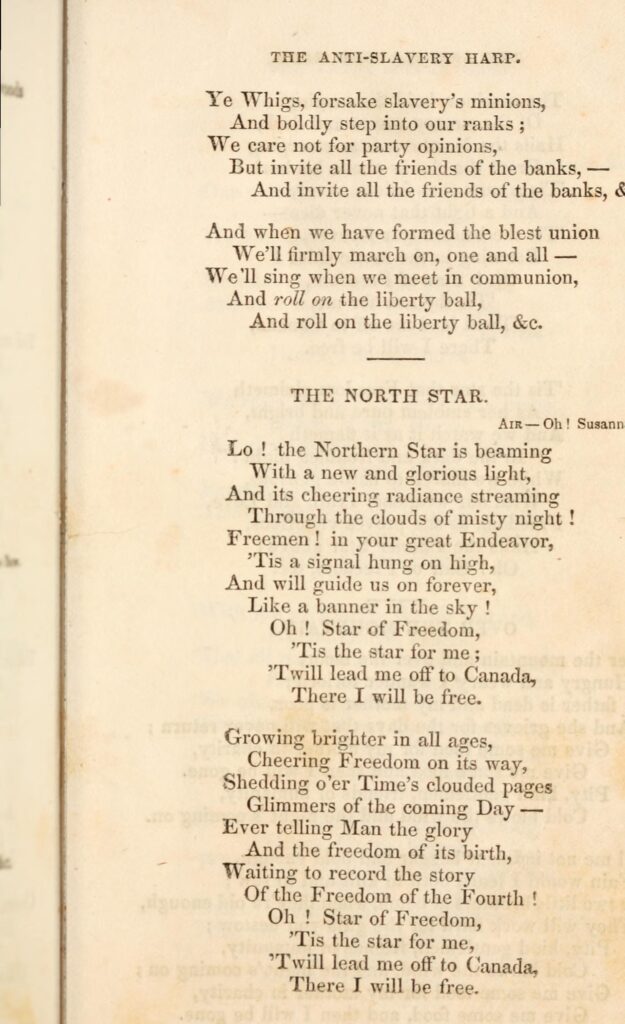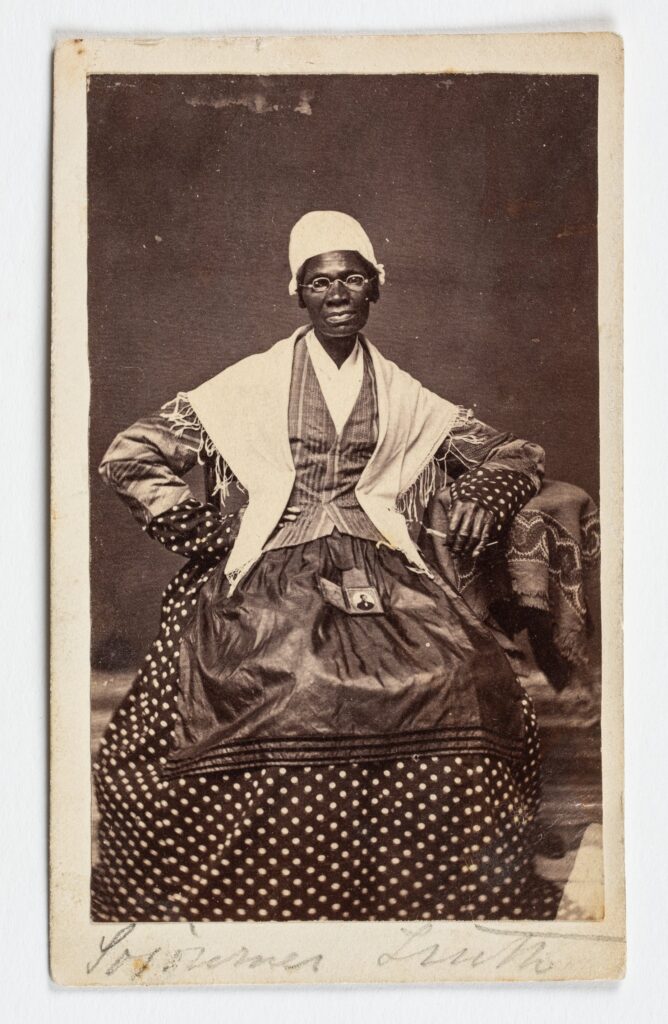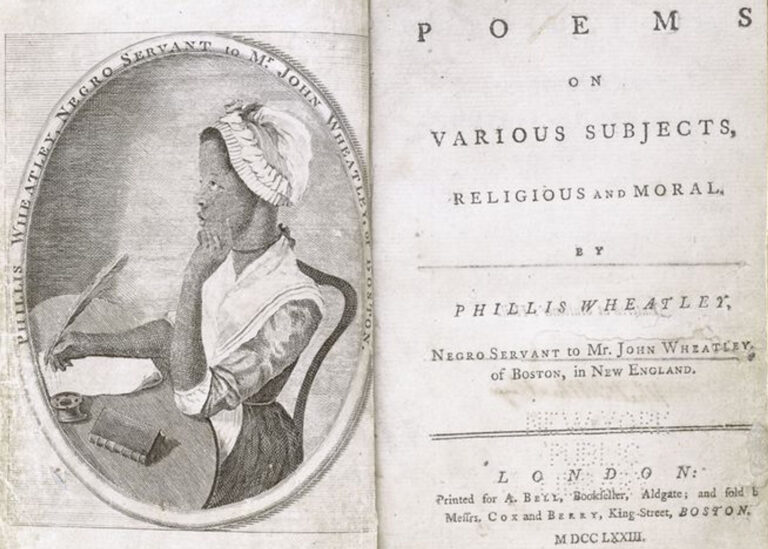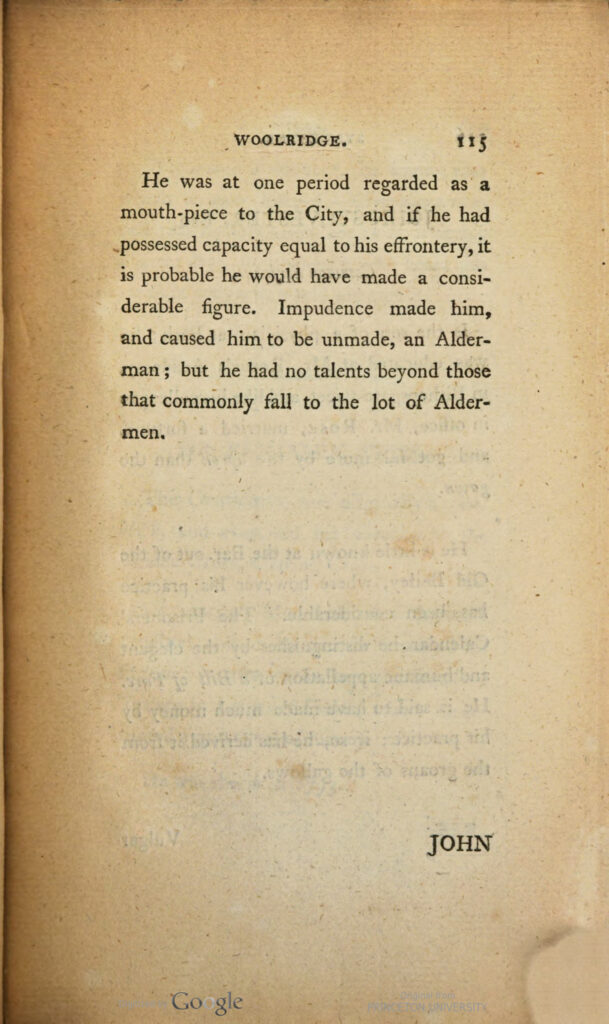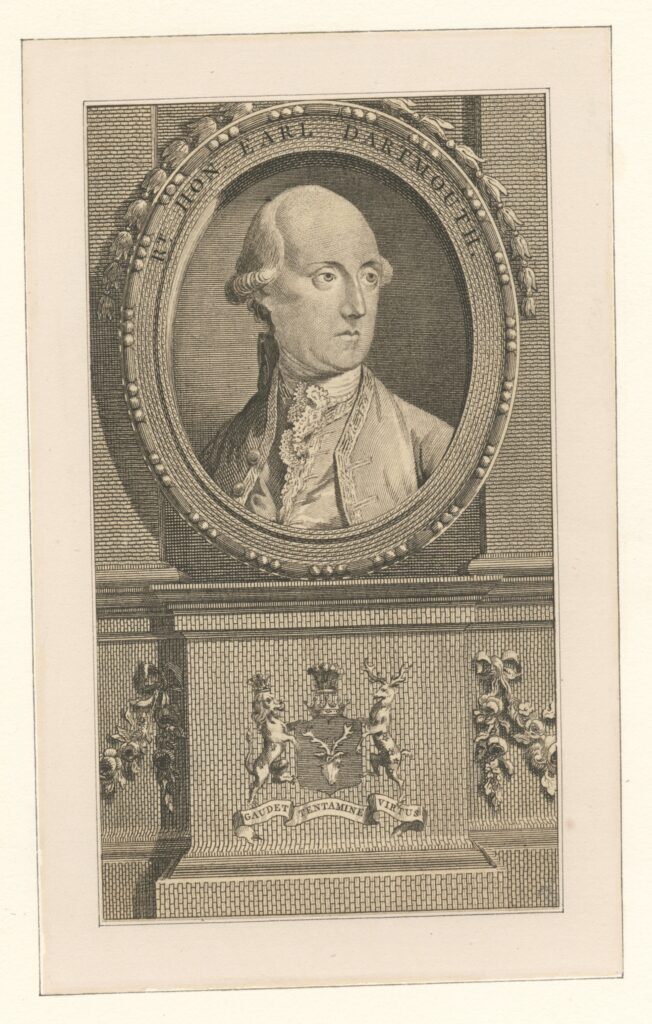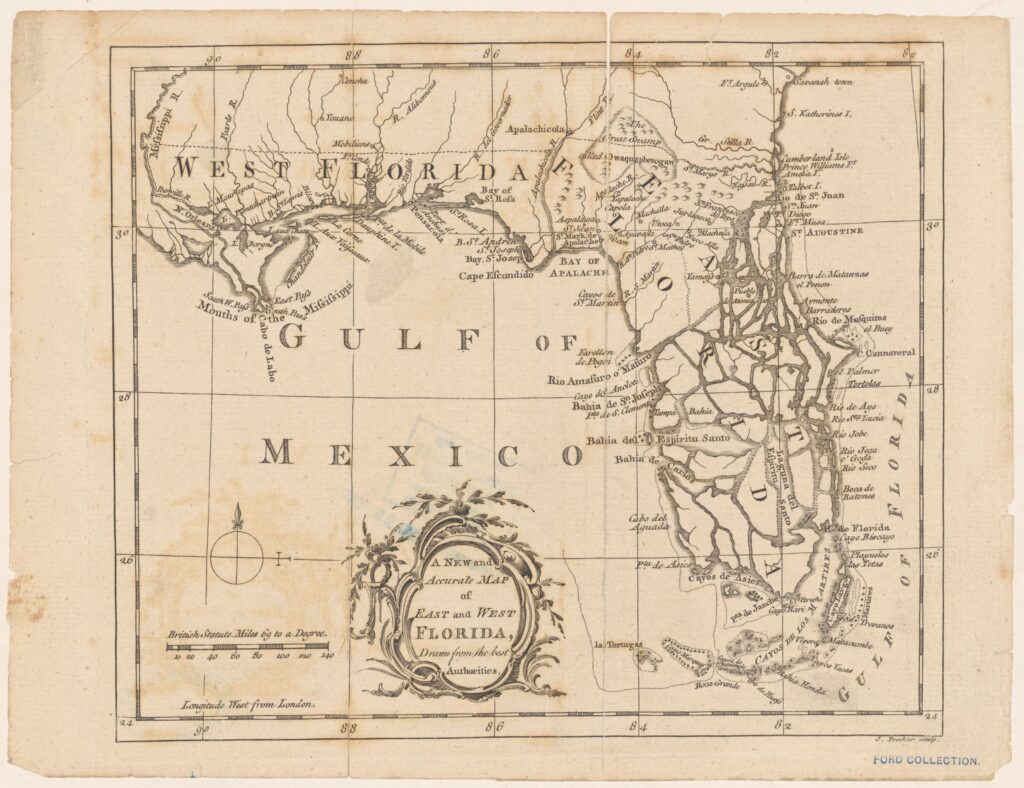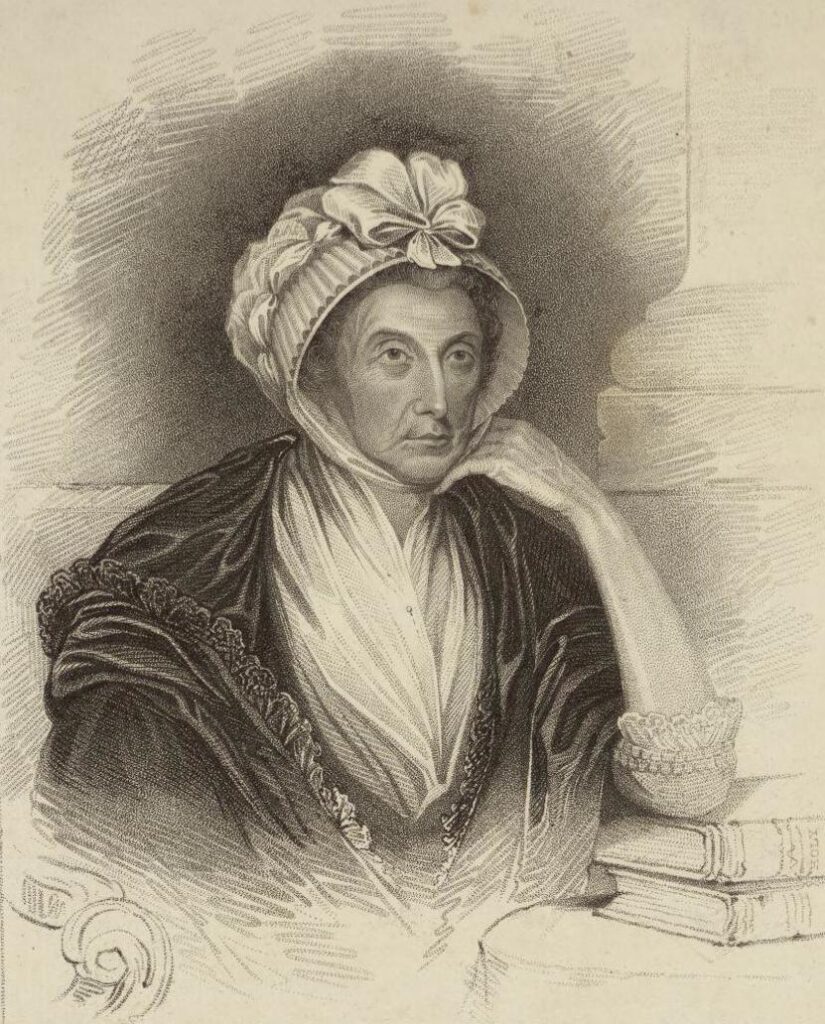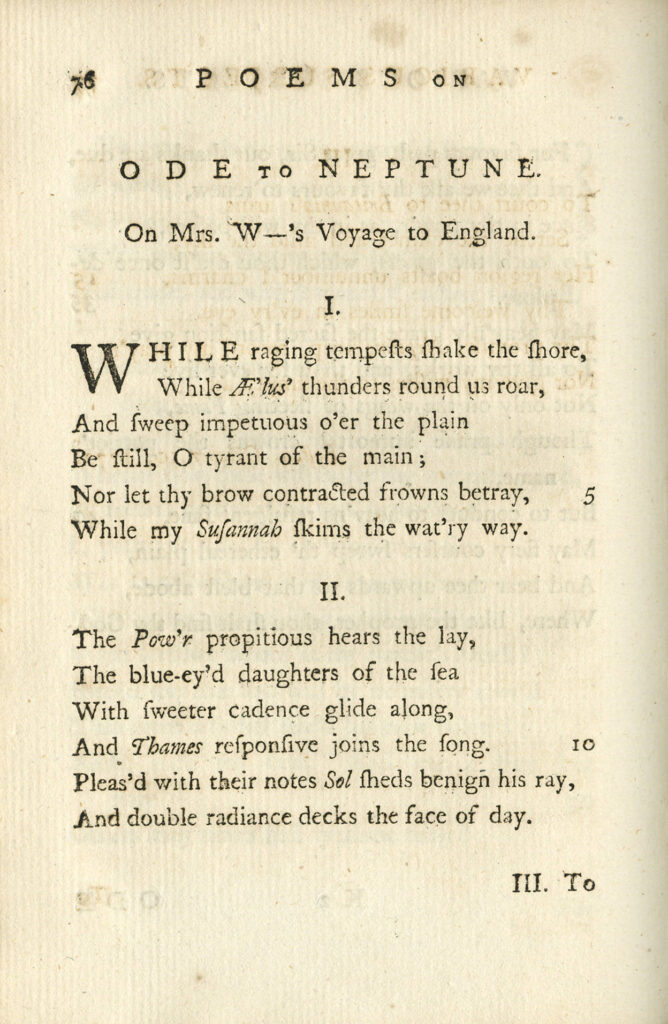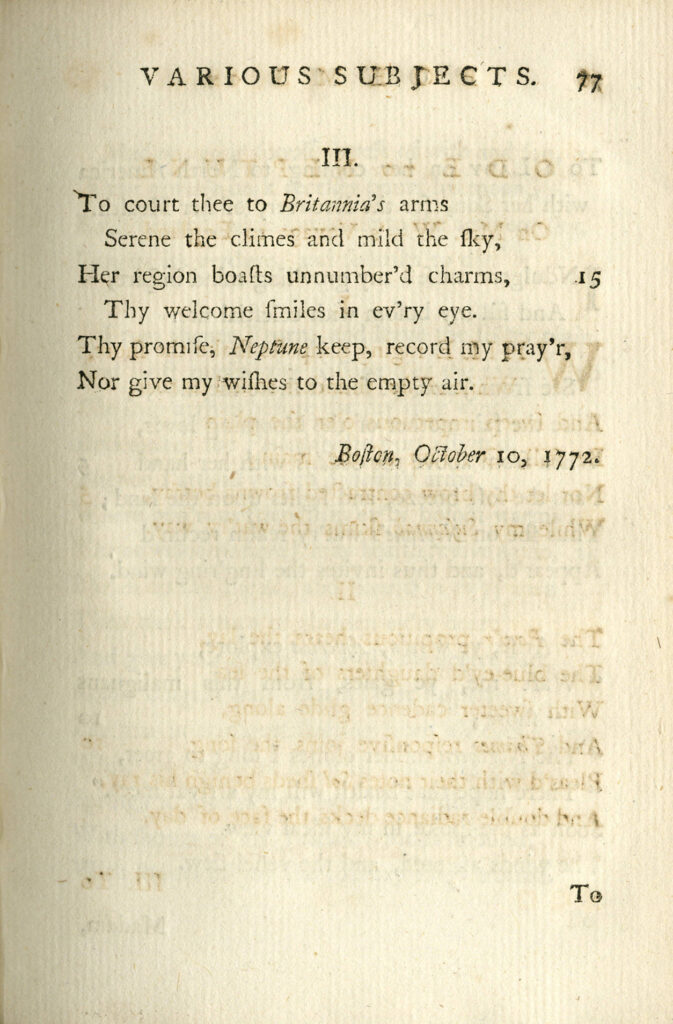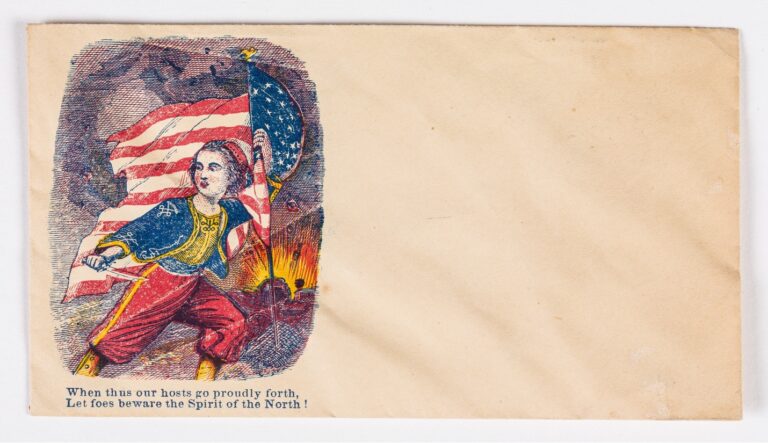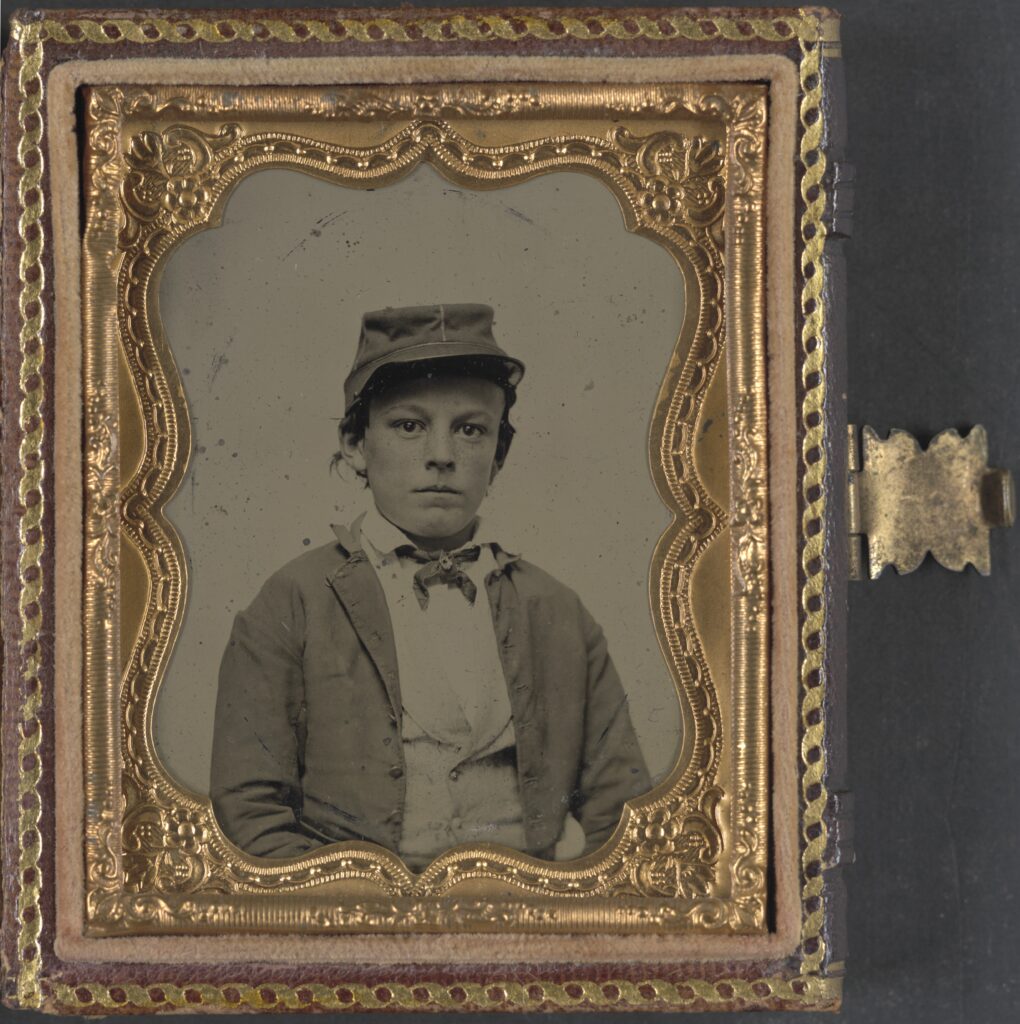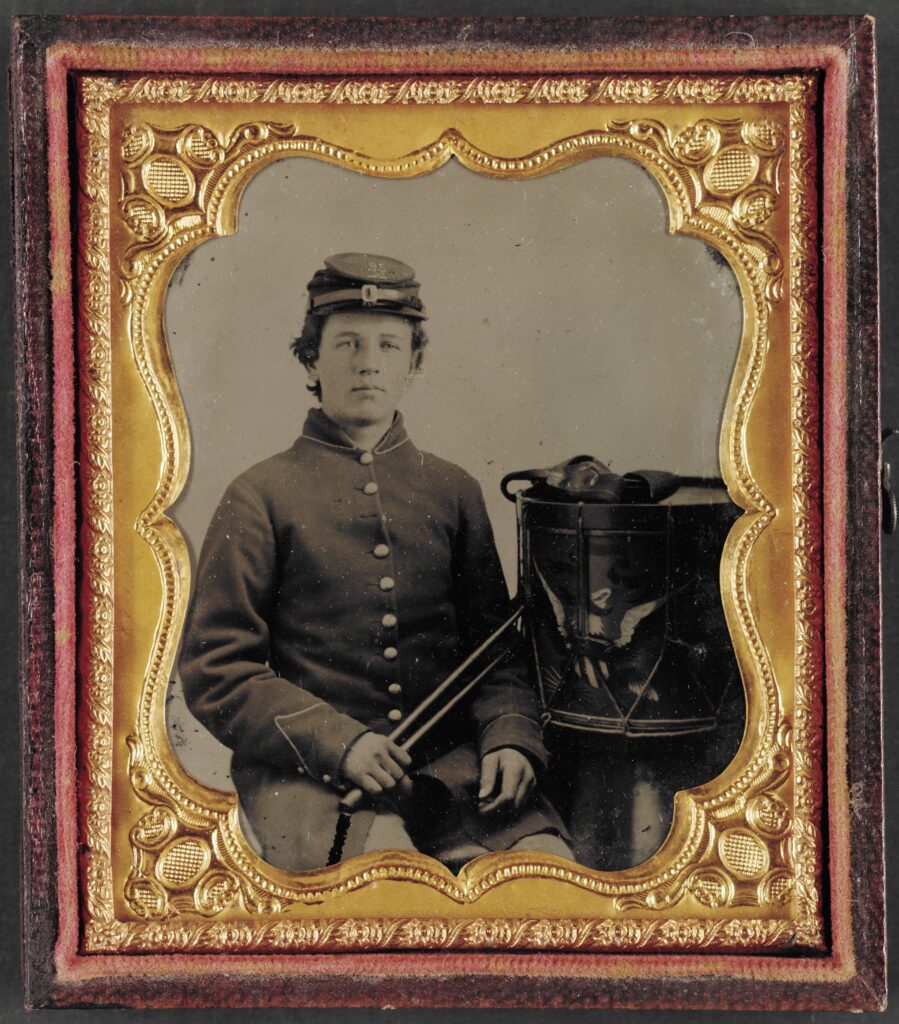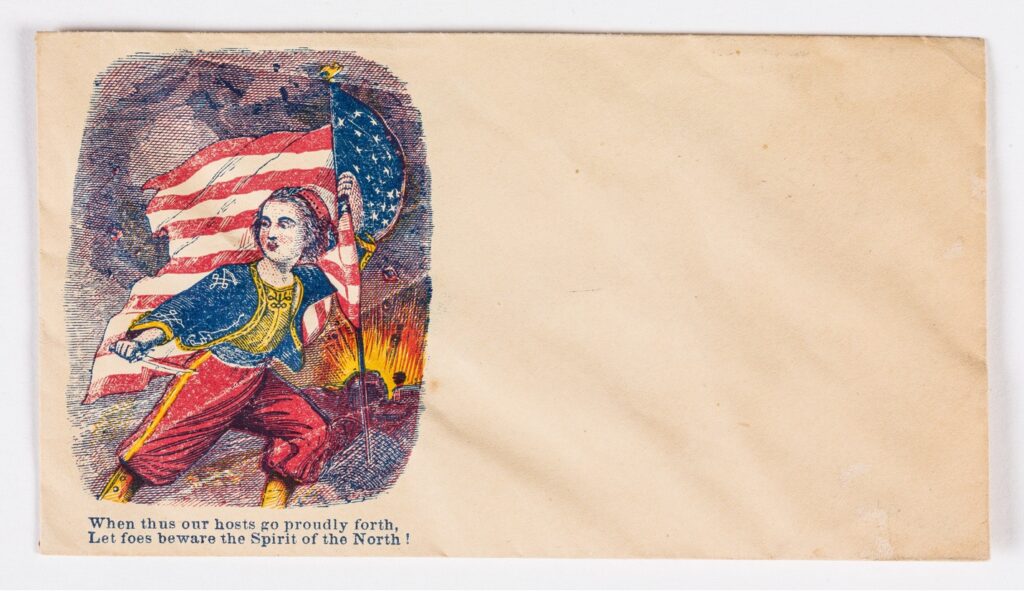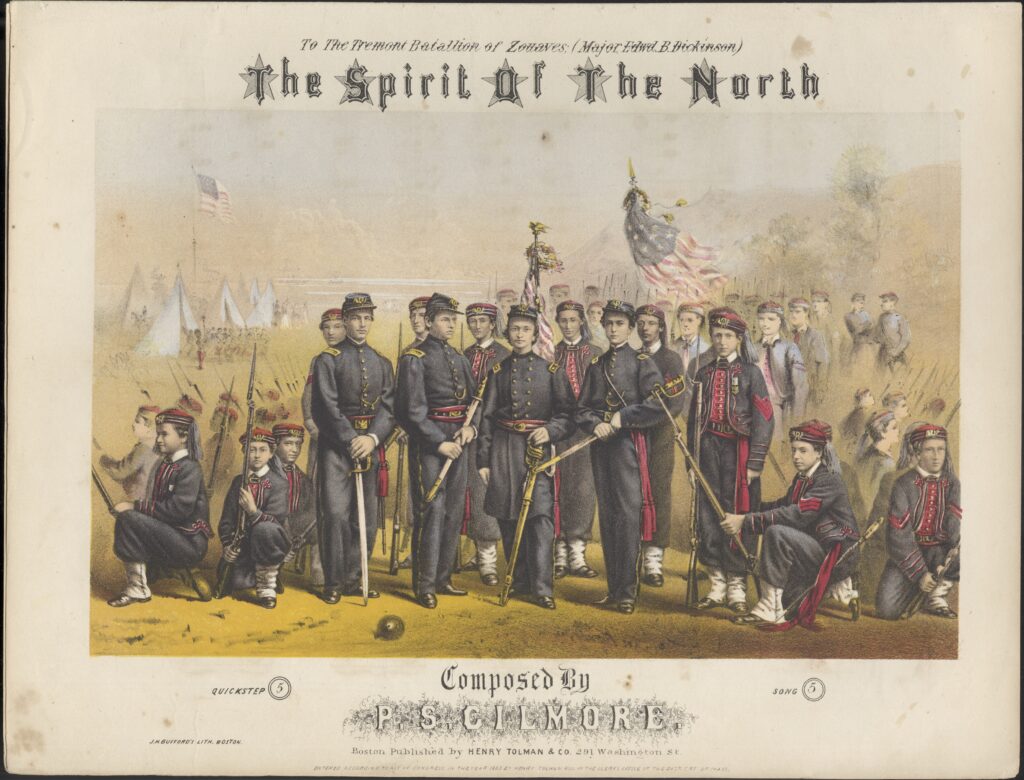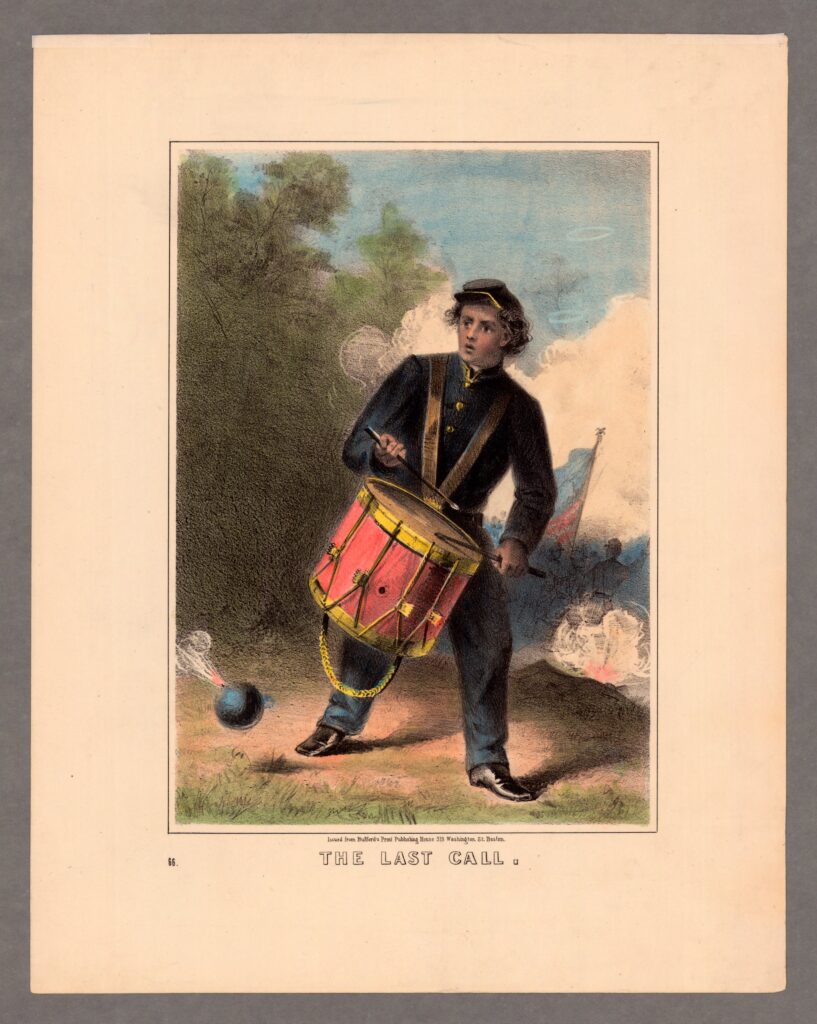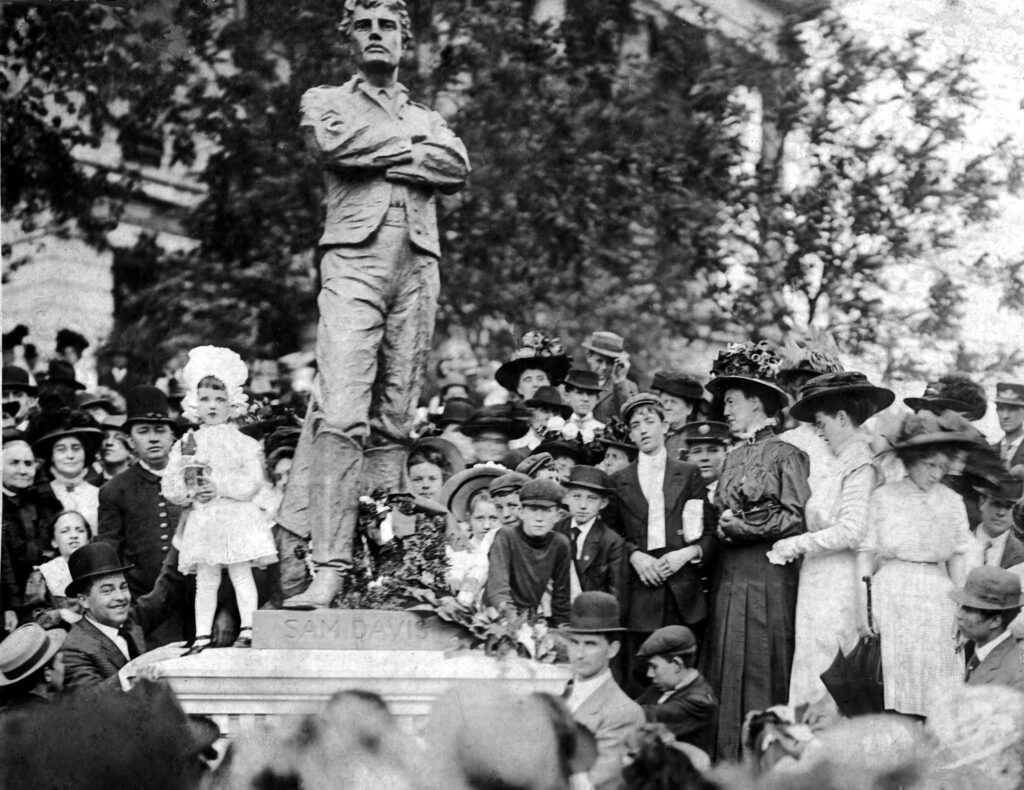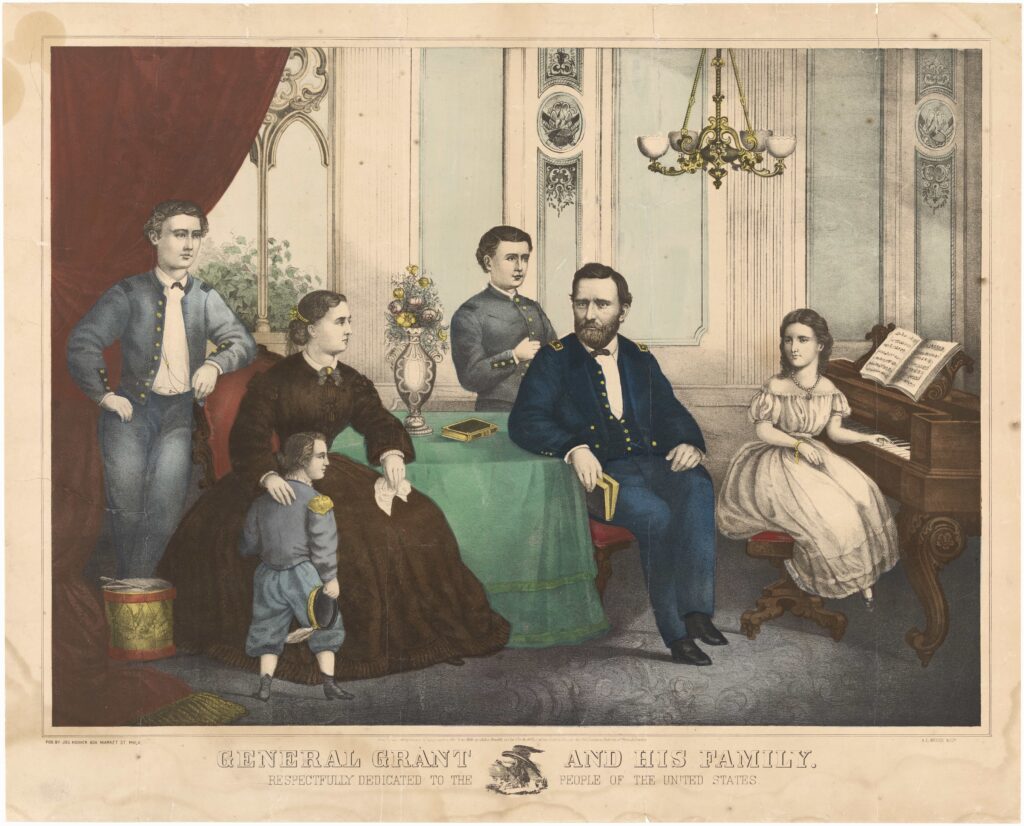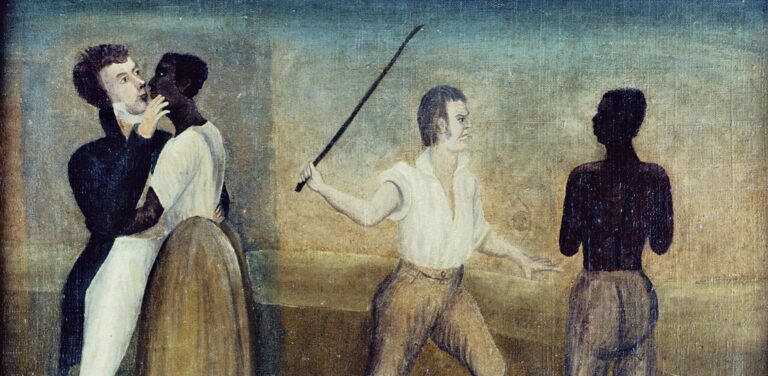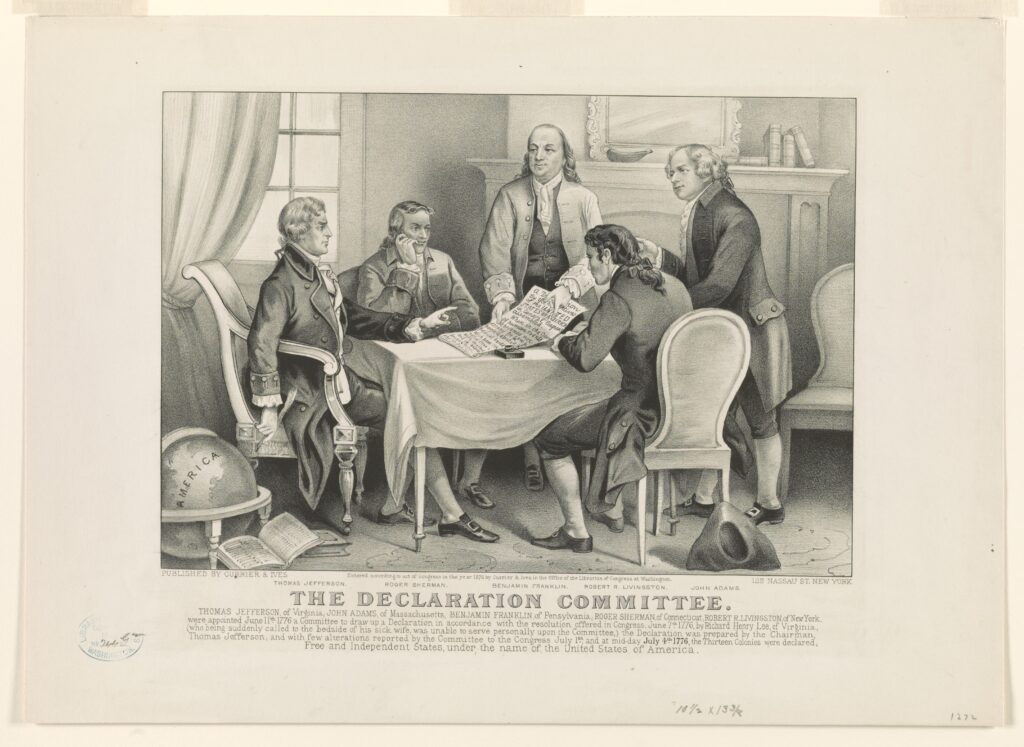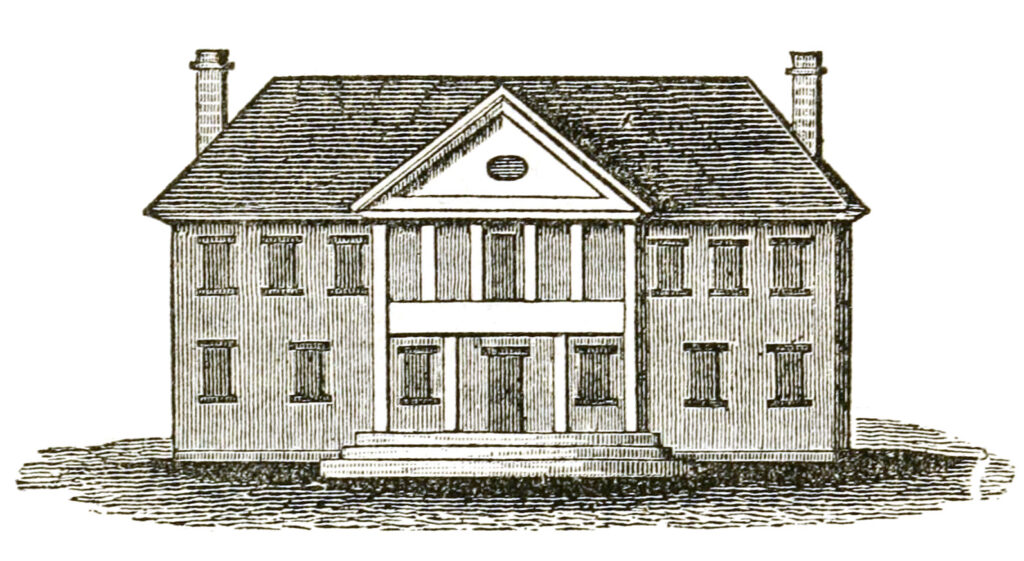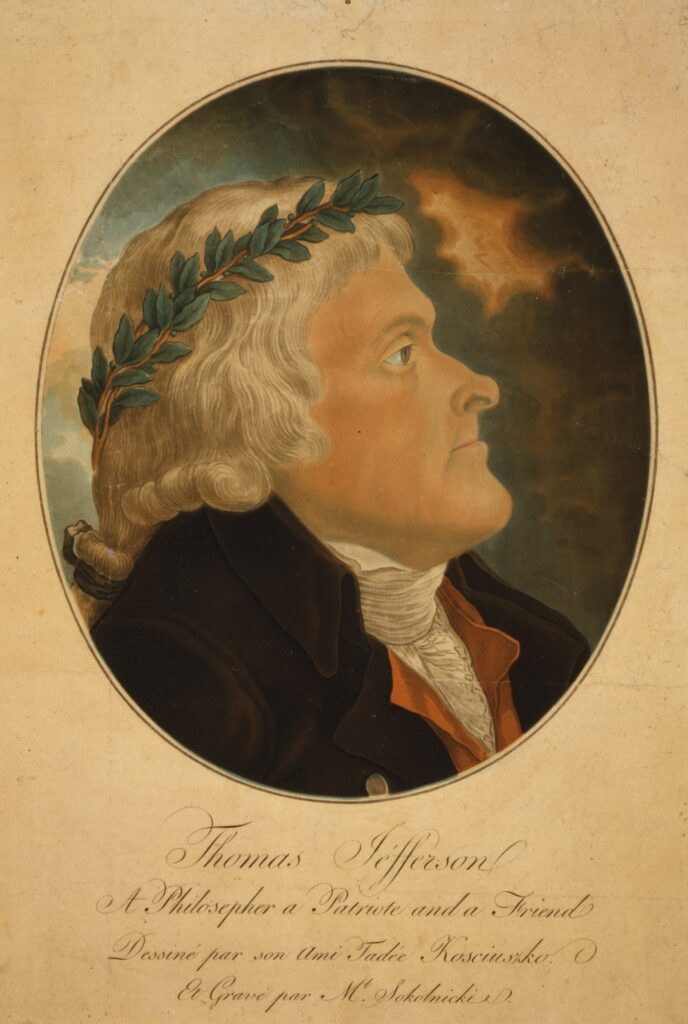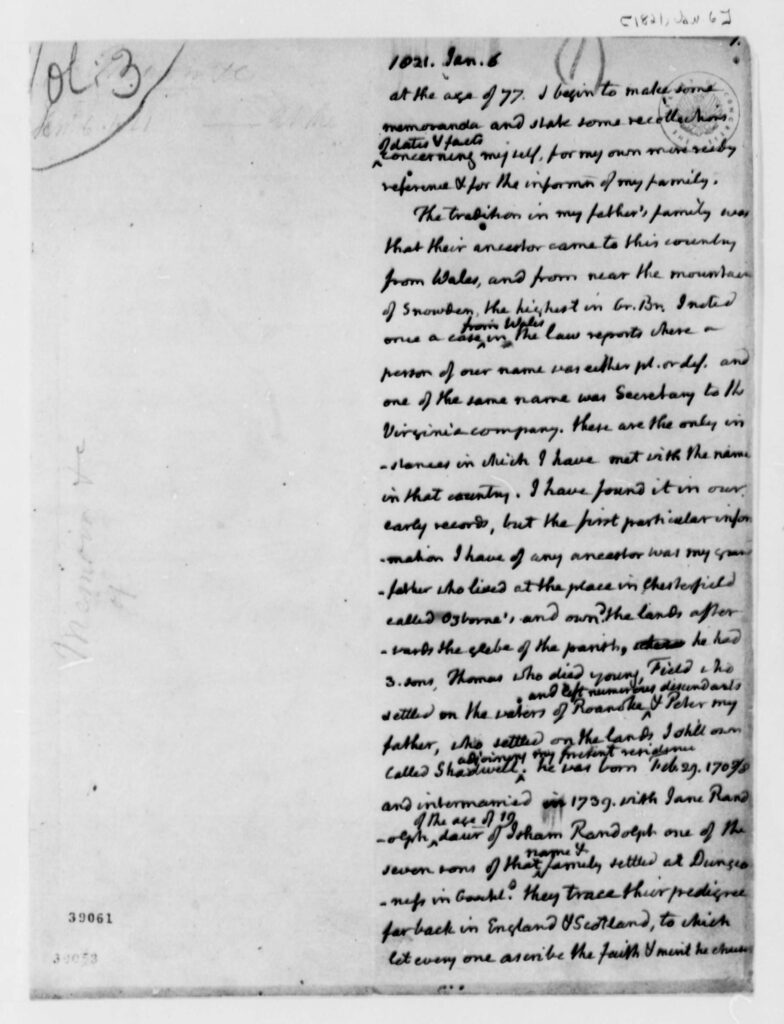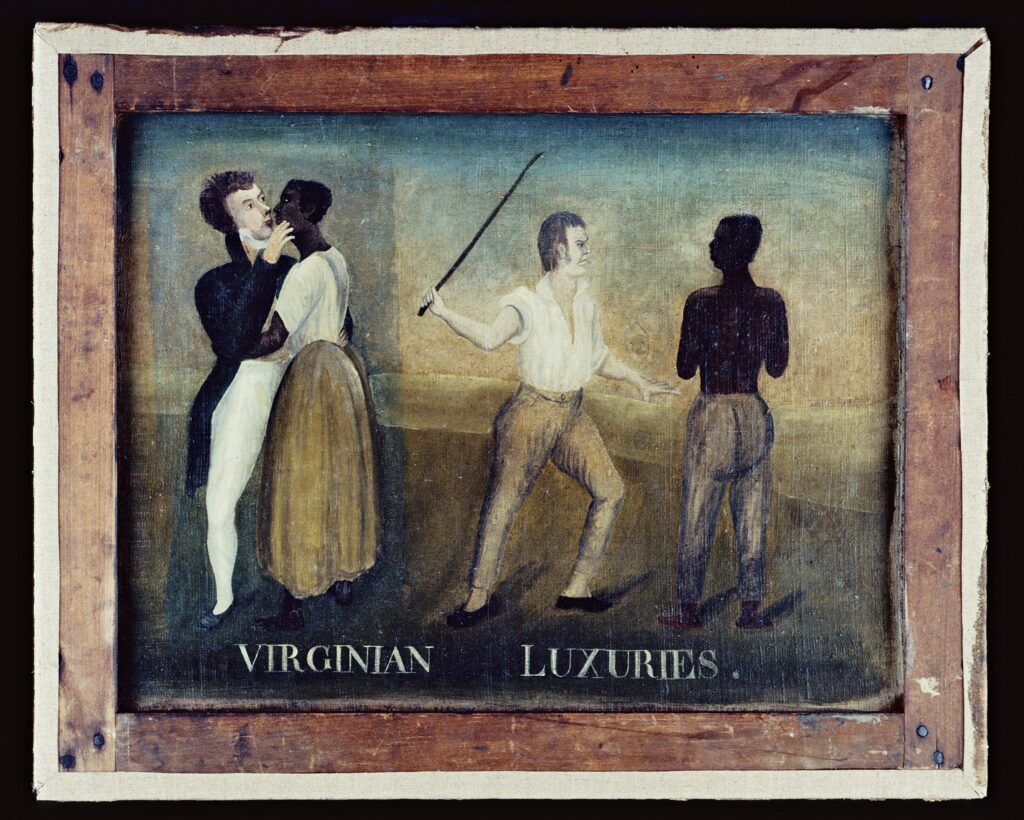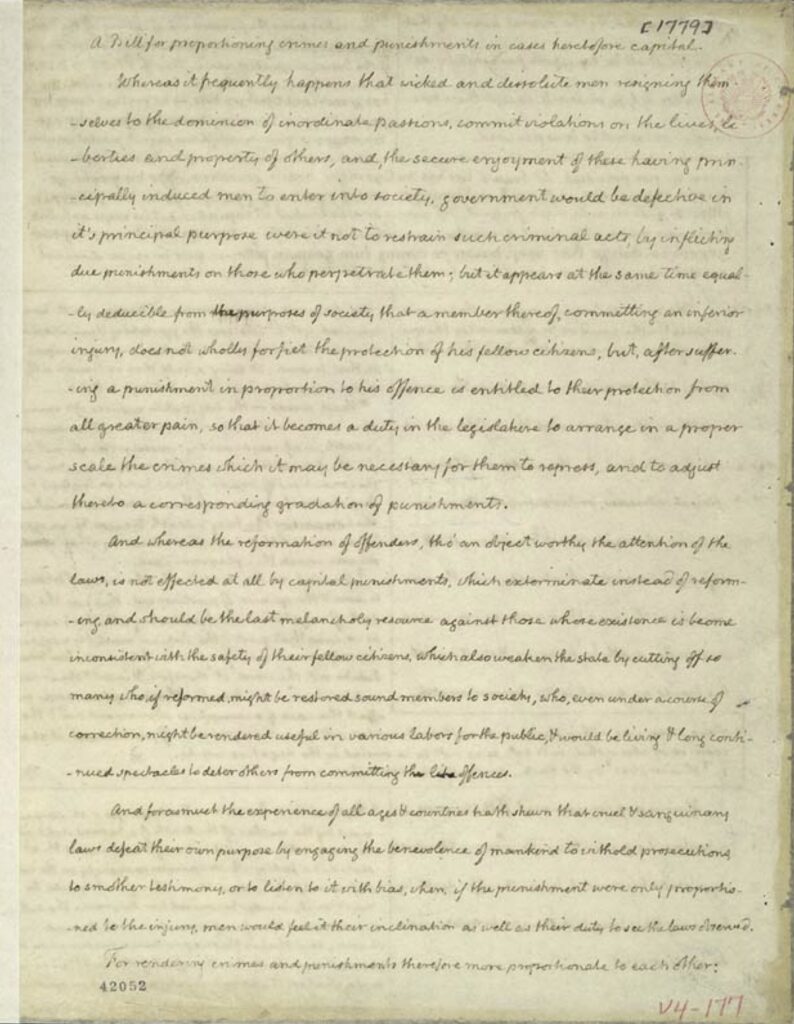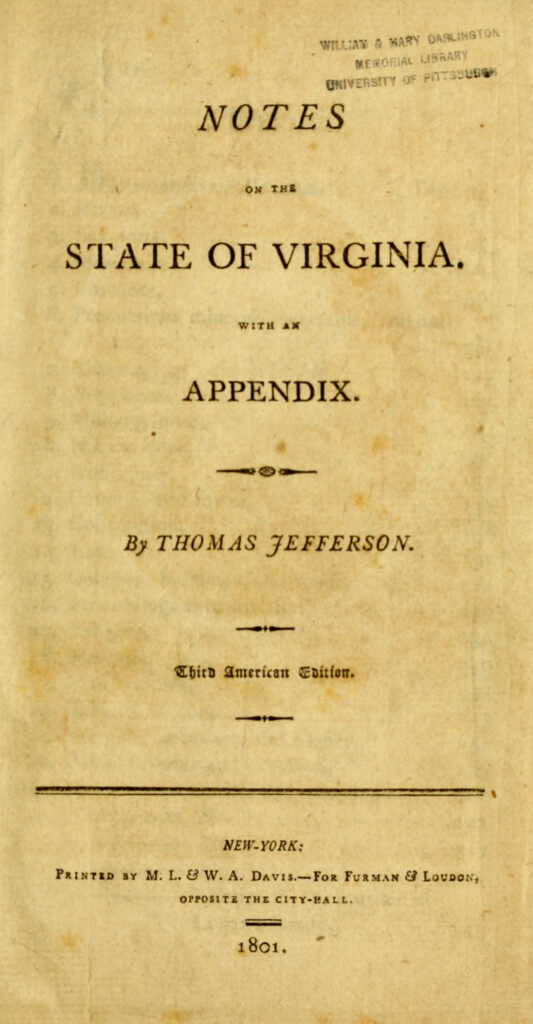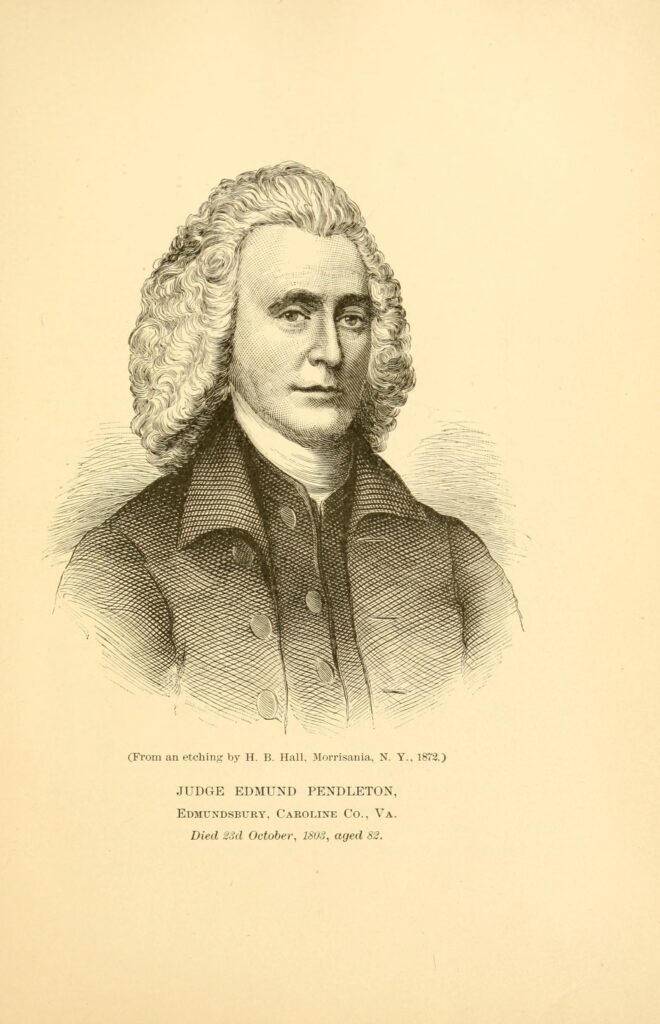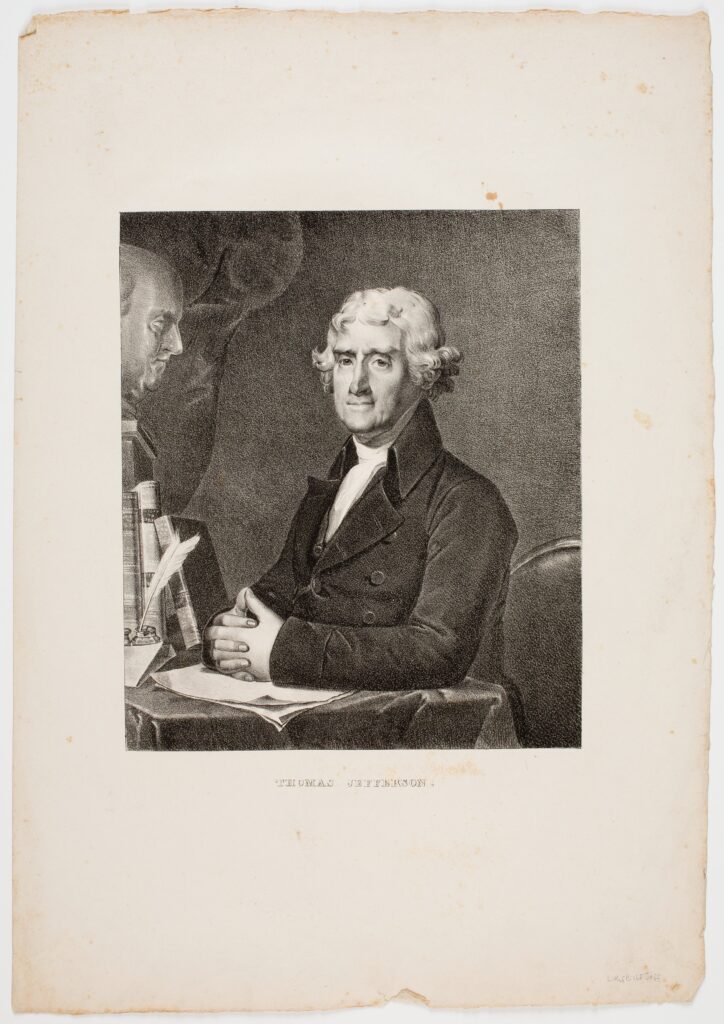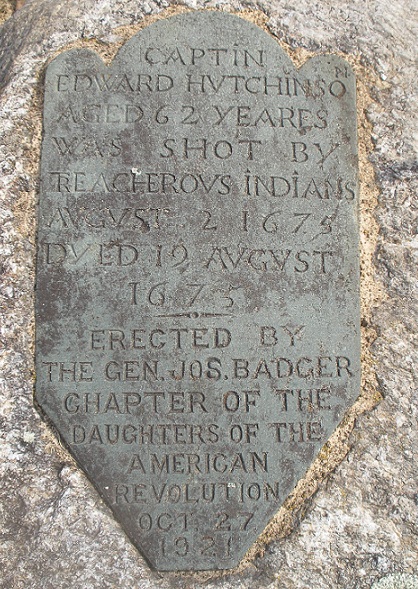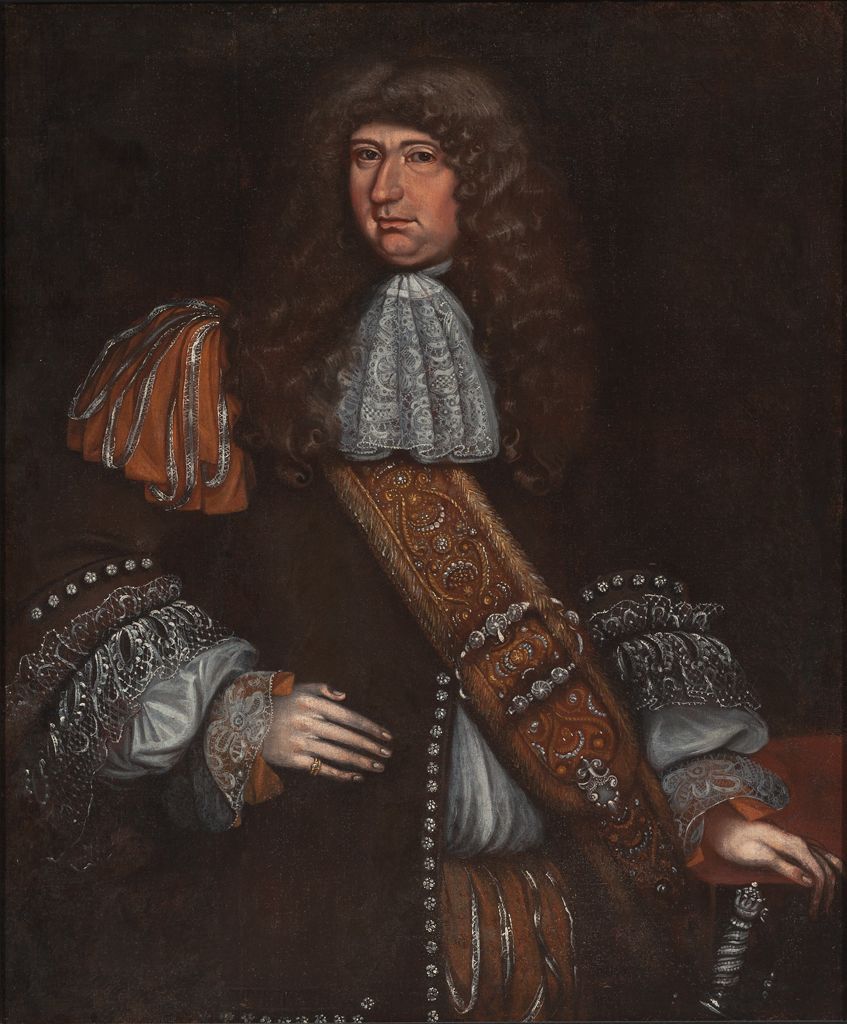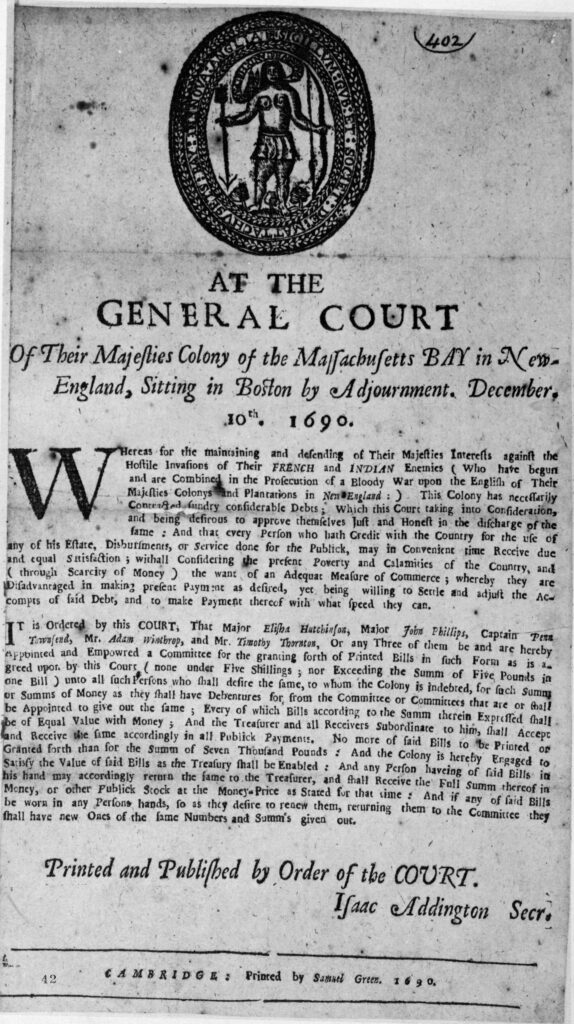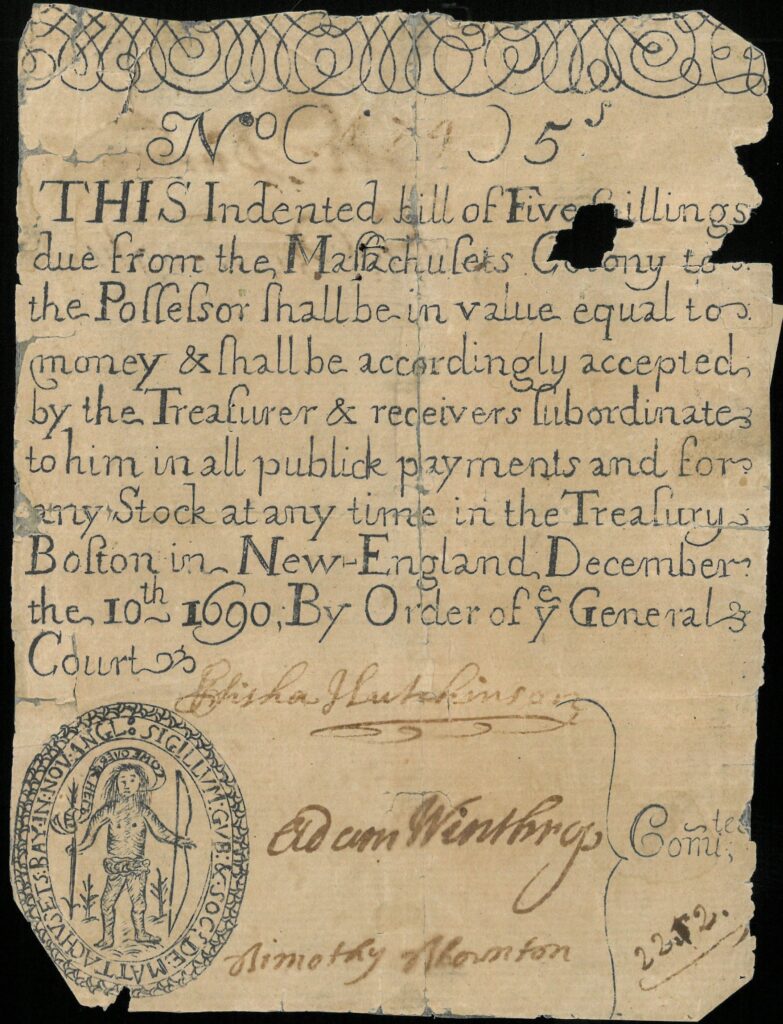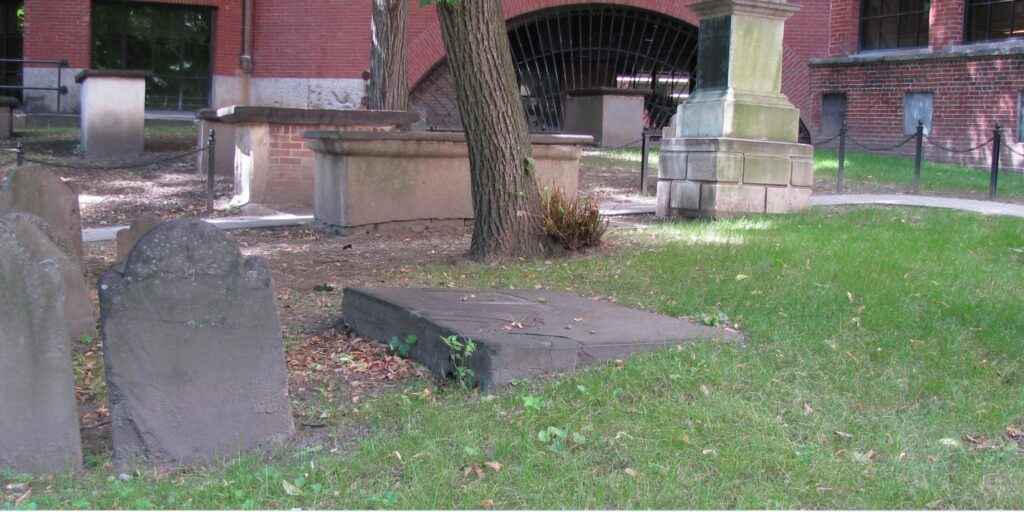Once highly valuable, salt affords a new look at life, environment, and sovereignty in the southwest borderlands. Though Spanish entradas claimed to “discover” potentially productive salt flats and lakes, Indigenous—especially Puebloan—peoples possessed deep knowledge about and attachments to life-giving salt resources. Spanish colonialism did, however, alter many Indigenous peoples’ existing relationships to salt resources in their homelands. Exploiting law, labor, and land, Spanish colonizers tried to control salt resources and harness the profits of their products to stabilize Spanish sovereignty. But rarely did dependence ensure domination. Through much of the Spanish colonial period in the region, Indigenous pasts, peoples, and power dictated Spanish access to salt resources and, therefore, the future and failures of Spanish colonization. And while veritably ancient, the history of salt in the southwest is kept alive by Zuni, Hopi, and other Native peoples today. Thanks to them, Ma’lokyattsik’i lives on.
Further Reading
This essay is partly based on the following archival materials:
Baughman Folklore Collection, Center for Southwest Research, University of New Mexico, Albuquerque, NM.
Manuel Lujan Congressional Papers, Center for Southwest Research, University of New Mexico, Albuquerque, NM.
Ward Alan Minge Papers, Center for Southwest Research, University of New Mexico, Albuquerque, NM.
Sophie Aberle Papers, Center for Southwest Research, University of New Mexico, Albuquerque, NM.
Edith Cherry Historic Preservation Papers, Center for Southwest Research, University of New Mexico, Albuquerque, NM.
John L. Kessell Papers, Center for Southwest Research, University of New Mexico, Albuquerque, NM.
Documents from the Archivo General de las Indias, Center for Southwest Research, University of New Mexico, Albuquerque, NM.
Documents from the Archivo General de la Naciόn, Center for Southwest Research, University of New Mexico, Albuquerque, NM.
Lorin W. Brown, “The Salt Traffic from the Estancia Salt Lakes to Mexico,” July 17, 1939, New Mexico Works Progress Administration, Fray Angelico Chávez History Library, Santa Fe, NM.
Documentary Relations of the Southwest, Arizona State Museum, University of Arizona, Tucson, AZ.
Spanish Archives of New Mexico, Series Two, via Ancestry.com.
For published primary sources and relevant secondary sources, see:
Teresa Pijoan, Myths of Magical Native American Women: Including Salt Woman Stories (Santa Fe: Sunstone Press, 2019).
Herbert Eugene Bolton, Spanish Exploration in the Southwest, 1542-1706 (New York: C. Scribner’s Sons, 1916).
Ashley A. Dumas and Paul N. Eubanks, eds., Salt in Eastern North America and the Caribbean: History and Archaeology (Tuscaloosa: University of Alabama Press, 2021).
Maxine Oland, Siobhan Hart, and Liam Frink, eds., Decolonizing Indigenous Histories: Exploring Prehistoric/Colonial Transitions in Archaeology (Tucson: University of Arizona Press, 2020).
Kent G. Lightfoot, “Culture Contact Studies: Redefining the Relationship between Prehistoric and Historical Archaeology,” American Antiquity 60, no. 2 (1995): 199-217.
Juliana Barr, “There’s No Such Thing as “Prehistory”: What the Longue Durée of Caddo and Pueblo History Tells Us About Colonial America,” William and Mary Quarterly 74, no. 2 (2017): 202-42.
Alyssa Mt. Pleasant, Caroline Wigginton, and Kelly Wisecup, “Materials and Methods in Native American and Indigenous Studies: Completing the Turn,” William and Mary Quarterly 75, no. 2 (2018): 207-36.
Jean M. O’Brien, “Historical Sources and Methods in Indigenous Studies: Touching the Past, Looking to the Future,” in Chris Andersen and Jean M. O’Brien, eds., Sources and Methods in Indigenous Studies (New York: Routledge, 2017), 12-20.
Richard Flint and Shirley Cushing Flint, eds., Documents of the Coronado Expedition, 1539-1542: “They Were Not Familiar with His Majesty, Nor Did They Wish to Be His Subjects (Albuquerque: University of New Mexico Press, 2005).
Andrew I. Duff, T. J. Ferguson, Susan Bruning, and Peter Whiteley, “Collaborative Research in a Living Landscape: Pueblo Land, Culture, and History in Central New Mexico,” Archaeology Southwest 22, no. 1 (2008): 1-24.
Gary Huckleberry and Andrew I. Duff, “Alluvial Cycles, Climate, and Puebloan Settlement Shifts near Zuni Salt Lake, New Mexico, USA,” Geoarchaeology: An International Journal 23, no. 1 (2008): 107-30.
Stuart James Baldwin, “Tompiro Culture, Subsistence and Trade,” PhD thesis, University of Calgary, 1988.
Paul M. Kraemer, “New Mexico’s Ancient Salt Trade,” El Palacio 82, no. 1 (Spring 1976).
Ursula Ewald, The Mexican Salt Industry, 1560-1980: A Study in Change (New York: Gustav Fischer Verlag, 1985).
Manuel P. Servin, “The Legal Basis for Spanish Colonial Sovereignty: The Act of Possession,” New Mexico Historical Review 53, no. 4 (1978): 295-303.
H. Allen Anderson, “The Encomienda in New Mexico, 1598-1680,” New Mexico Historical Review 60, no. 4 (1985): 353-77.
Ramon A. Gutierrez, “Dona Teresa de Aguilera y Roche before the Inquisition: The Travails of a Seventeenth-Century Aristocratic Woman in New Mexico,” in Jennifer L. Morgan, Carol Berkin, and Thomas A. Foster, eds., Women in Early America (New York: New York University Press, 2015), 7-42.
John L. Kessell, Spain in the Southwest: A Narrative History of Colonial New Mexico, Arizona, Texas, and California (Norman: University of Oklahoma Press, 2002).
Joe E. Sando and Herman Agoyo, eds., Po’Pay: Leader of the First American Revolution (Santa Fe: Clear Light Publishers, 2005).
Frances V. Scholes, Marc Simmons, and Jose Antonio Esquibel, eds., and Eleanor B. Adams, trans., Juan Dominguez de Mendoza: Soldier and Frontiersman of the Spanish Southwest, 1627-1693 (Albuquerque: University of New Mexico Press, 2012).
Diana Hadley, Thomas H. Naylor, and Mardith K. Schuetz-Miller, eds., The Presidio and Militia on the Northern Frontier of New Spain: A Documentary History – Volume Two, Part Two: The Central Corridor and the Texas Corridor, 1770-1765 (Tucson: University of Arizona Press, 2021).
Tatiana Seijas, “The Royal Road of the Interior in New Spain: Indigenous Commerce and Political Action,” in Danna A. Levin Rojo and Cynthia Radding, eds., The Oxford Handbook of Borderlands of the Iberian World (New York: Oxford University Press, 2019), 294-313.
“Testimony of Malcom B. Bowekaty, Governor of the Zuni Tribe, to the United States Senate Committee on Indian Affairs,” July 17, 2002, Washington, D.C. (via Sacred Land Film Project).
This article originally appeared in July 2023.
Annabel LaBrecque is a Ph.D. candidate in the Department of History at University of California, Berkeley. Her dissertation examines the significance of inland salt resources to Indigenous prosperity and settler colonization. She has previously published her research on salt and power in the sixteenth-century Lower Mississippi River Valley for the Scottish Centre for Global History and on salt’s deep history in the Ohio Country for Common-place.
This research was made possible through the American Philosophical Society’s Phillips Fund for Native American Research Grant. The author would like to thank Julia Frankenbach, Noah Ramage, and the participants of the 2023 New and Emerging Studies of the Spanish Colonial Borderlands Workshop for editorial feedback.
